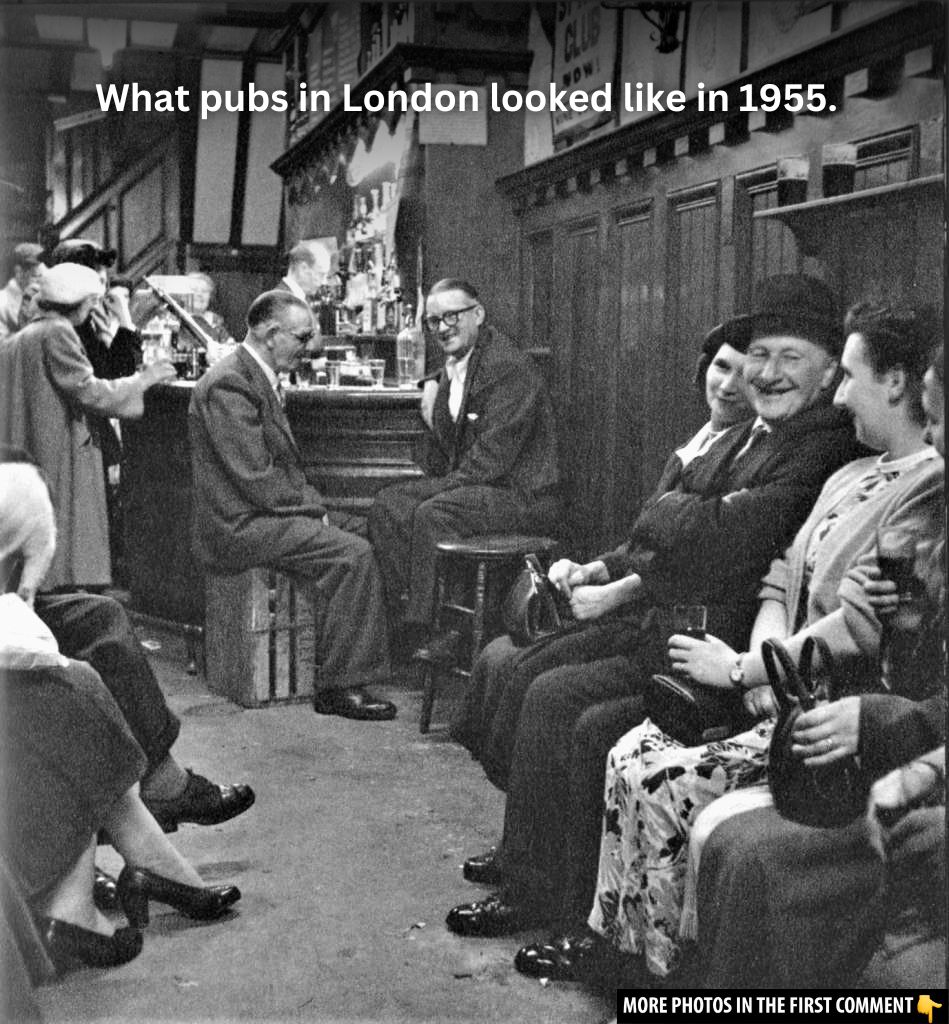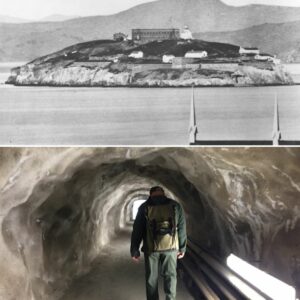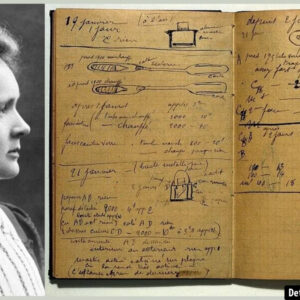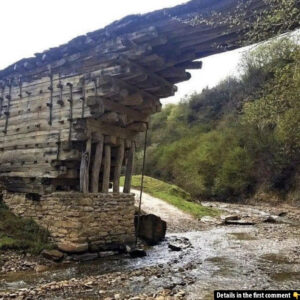In the late 1920s and early 1930s, photographer Clifton R. Adams was commissioned by National Geographic to capture the essence of life in England. At the time, England was in the midst of significant societal and technological shifts, and Adams’ photographic project provided a rare window into a world transitioning from the old ways to a more modern, industrialized society. His use of the revolutionary Autochrome Lumière technique brought color to a time dominated by black-and-white images, offering an unparalleled look at the country’s rural and urban life. Through these photographs, Adams documented the last vestiges of a traditional England as it stepped into the modern age.
Clifton R. Adams and the Autochrome Process
Clifton R. Adams, whose work graced the pages of National Geographic before his untimely death in 1934, was a talented photographer who understood the power of color in storytelling. He was commissioned to document life in England, from its bustling cities to its serene countryside. What made Adams’ photos stand out was his use of the Autochrome process, a groundbreaking technique that involved a glass plate covered in microscopic grains of potato starch dyed in red, green, and blue-violet. These grains allowed color to be captured in a way that had never been seen before, offering an alternative to the monochromatic images that were standard at the time.
The Autochrome Lumière process was a game-changer, capturing color images that provided viewers with a more realistic and vibrant portrayal of life. Adams’ choice to work with this medium enabled him to showcase the nuances of England’s rural and urban settings, capturing moments of both work and play in a vivid, lasting way.
Video
Check out the video London in 1927 & 2013 to see how the city has changed over the years. Don’t miss it!
England’s Changing Landscape: The Last of a Bygone Era
The 1920s was a time of change for England, as the country found itself at a crossroads between the old and the new. The First World War had left its scars, but peace had returned, and with it came prosperity. England was slowly transitioning from an agrarian society to a more industrialized one, and the impact of these changes is evident in Adams’ photos.
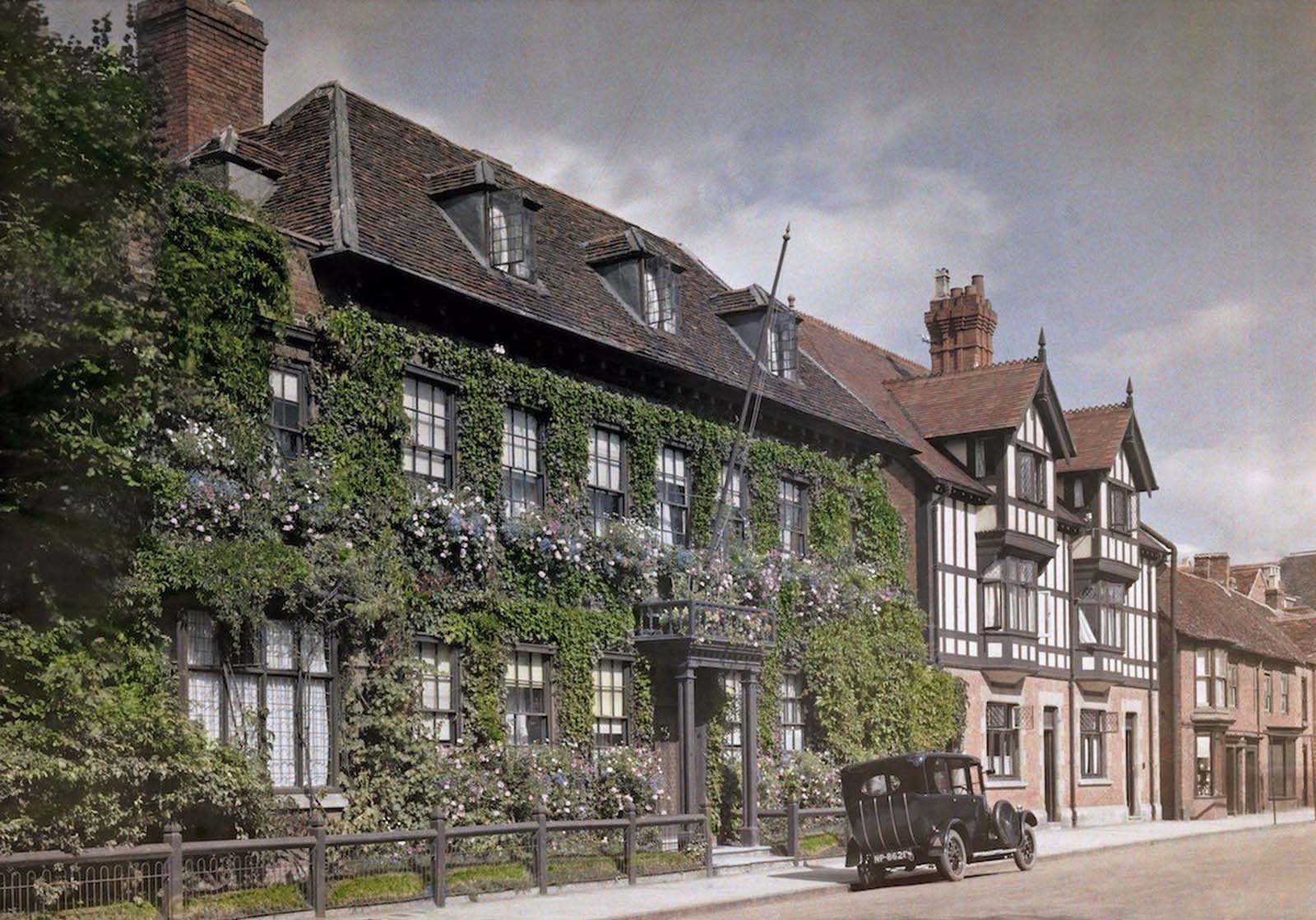
In these rare color photographs, we can see the shift from steam power to electricity, the rise of petrol-powered transportation, and the growing influence of industrialization in both urban and rural settings. Whether it’s a bustling street in London or a quiet farm in the countryside, Adams captured the dynamic energy of a society on the cusp of modernization.
Social Shifts: Economic and Social Changes in Post-War England
The 1920s were also a period of economic growth, despite the challenges left by the war. While a global depression loomed at the end of the decade, living standards generally rose, and the economic landscape shifted significantly. The expansion of the chemical industry and the move from heavy industry to lighter, more consumer-focused sectors created new jobs and opportunities for many. Adams’ photographs provide a snapshot of this transformation, illustrating both the hustle and bustle of cities like London and the quieter, more traditional rural life.
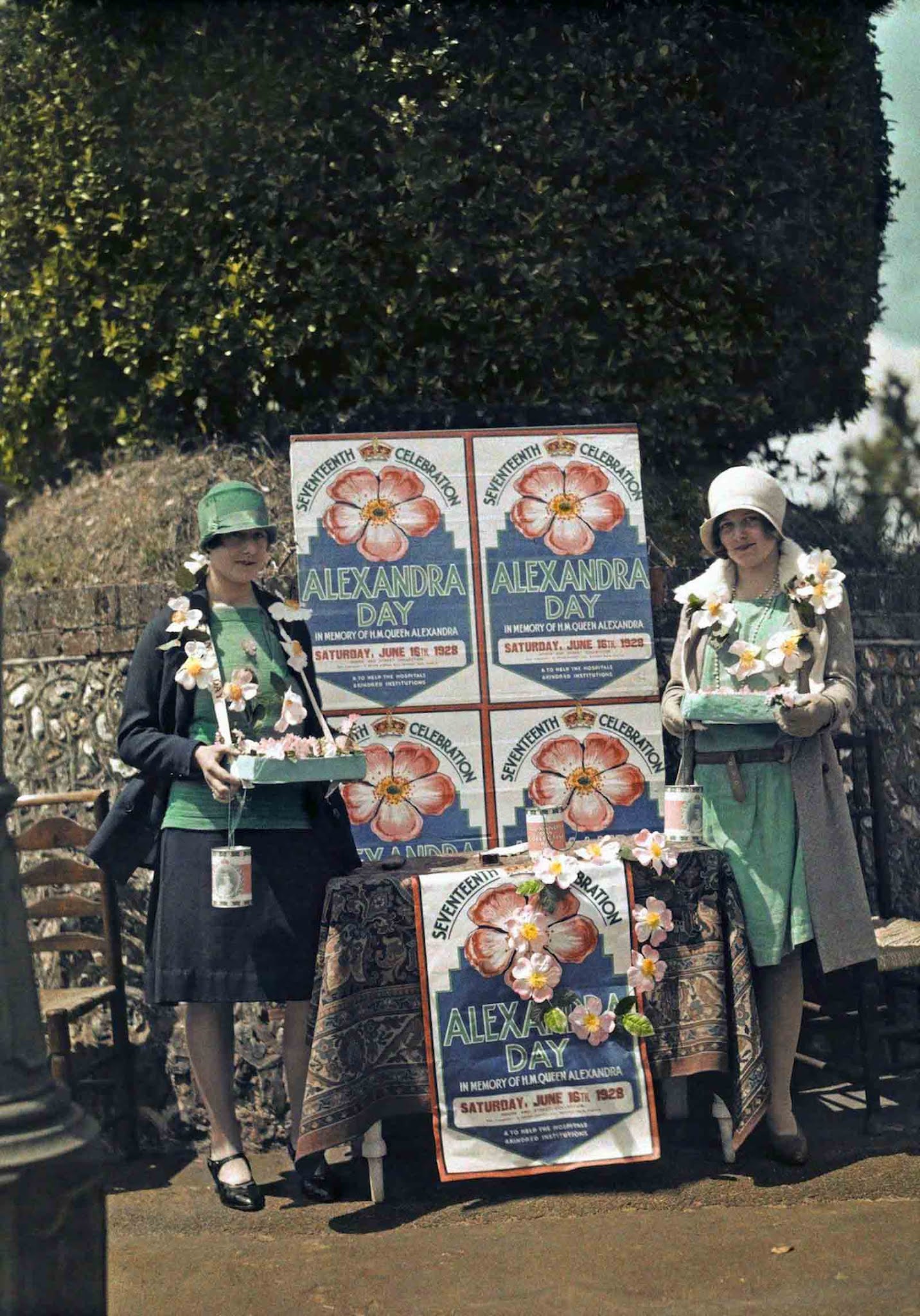
One of the most significant social changes captured in Adams’ work was the evolving role of women. The 1920s saw women achieving new rights and social freedoms, including the extension of the vote in 1928 to all women over 21. The war had provided women with new opportunities in the workforce, and many found that they preferred working outside the home, in factories or on farms. Adams’ images of women working in the fields and traveling in horse-drawn carts reflect this shift in gender roles, showcasing women as active participants in both the workforce and public life.
Rural England: Life on the Farm and in the Countryside
Many of Adams’ most captivating images depict rural life in England during the 1920s. These photos present a view of a simpler time, with farmers tending to their crops, women resting in hayfields, and children playing in the sand on the Isle of Wight. The contrast between these pastoral scenes and the rapid industrialization taking place in the cities highlights the divide between old and new England.
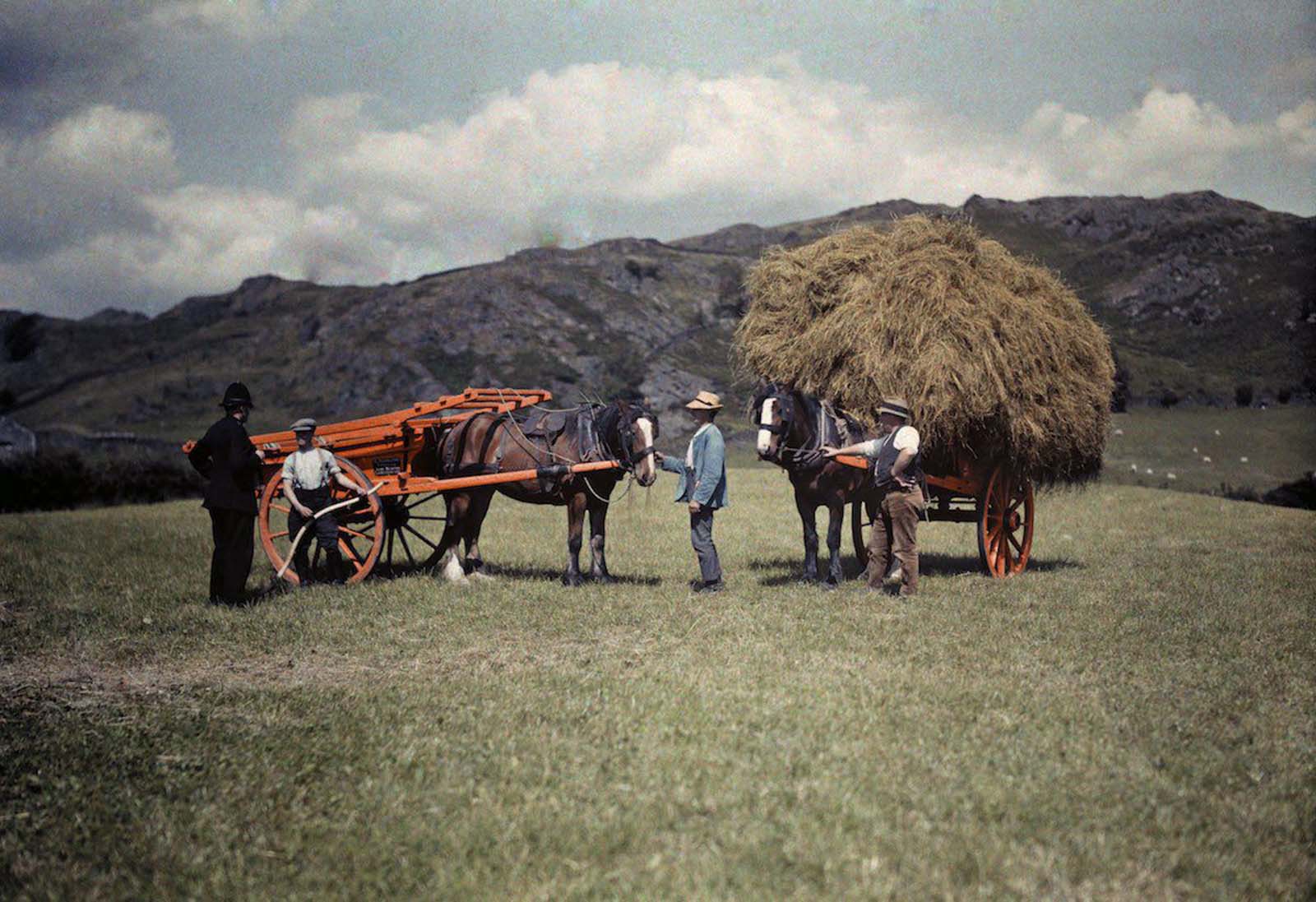
For example, in one of Adams’ photos, an English woman stands proudly next to her horse-drawn cart in Cambridgeshire, a symbol of both tradition and pride in the rural way of life. These images, while portraying a slower, more labor-intensive lifestyle, also emphasize the deep connection between the land and the people who worked it.
Education in 1920s England: New Standards and Traditional Practices
In addition to capturing rural life, Adams also documented the changes taking place in education during the 1920s. In 1921, the Education Act raised the school leaving age to 14, and primary education became free for all children. However, many rural schools still relied on traditional methods of instruction, such as using sand to practice writing or slate and chalk for lessons.
Adams’ photographs reveal the contrast between old and new educational practices, with young children in rural schools sitting at desks, their faces focused on their lessons. Yet, despite these advances, large class sizes and a lack of resources made learning difficult for many children, and textbooks were often shared between multiple students due to their high cost. These photos show the challenges faced by the education system and the resilience of students who navigated these obstacles.
Children’s Life and Leisure: Play in a Changing Social Fabric
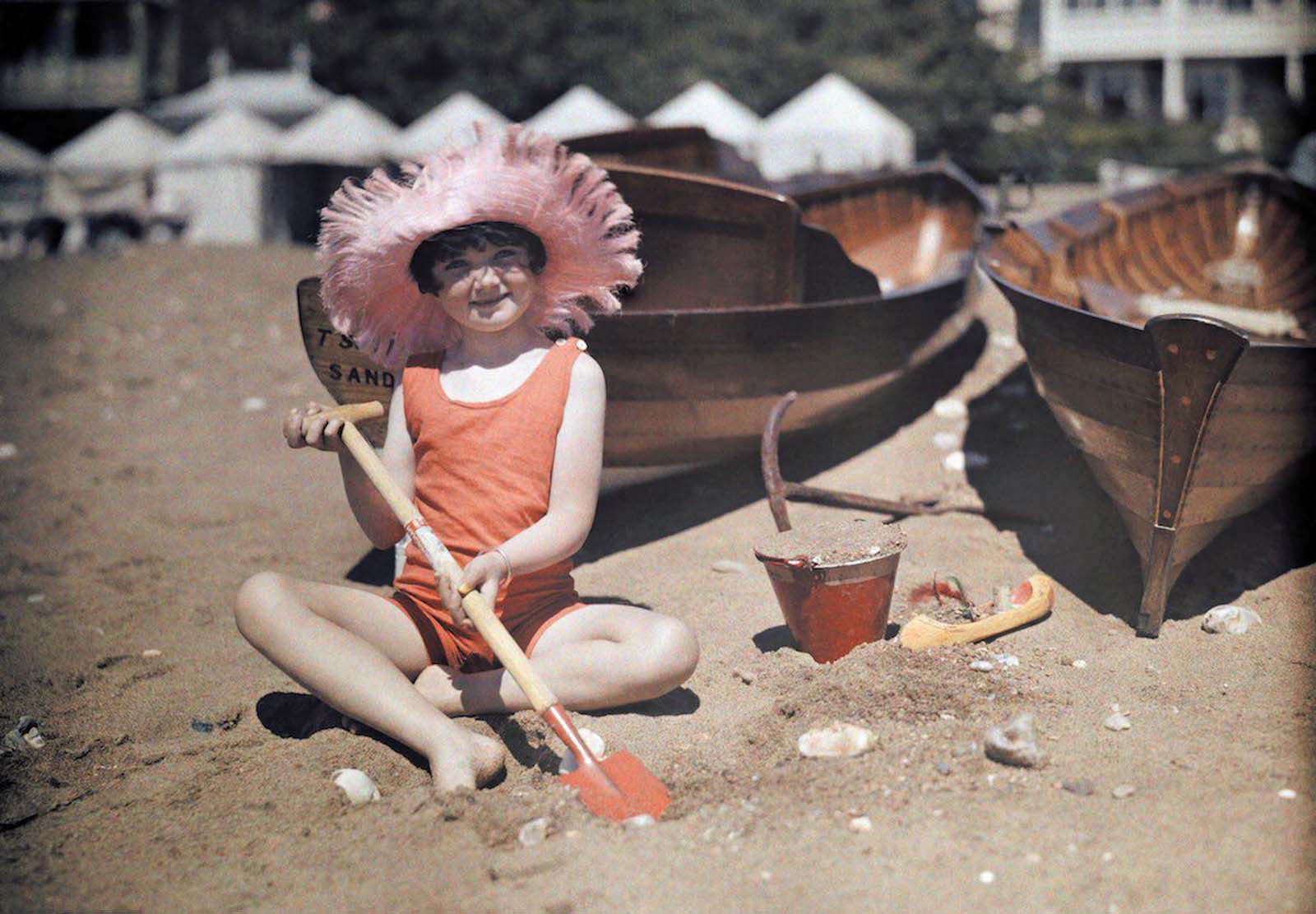
While the 1920s were a time of economic and social change, it was also a time for leisure and play, especially for children. In one of Adams’ images, a young girl plays in the sand at Sandown on the Isle of Wight, capturing the carefree moments of childhood that were beginning to change with the growing influence of modern life. At the same time, children in rural areas, especially those from working-class families, were expected to help out on farms or in factories. Adams’ photographs of children playing and working together reflect the delicate balance between these two worlds.
The End of the Boom: Economic Decline and Social Impact
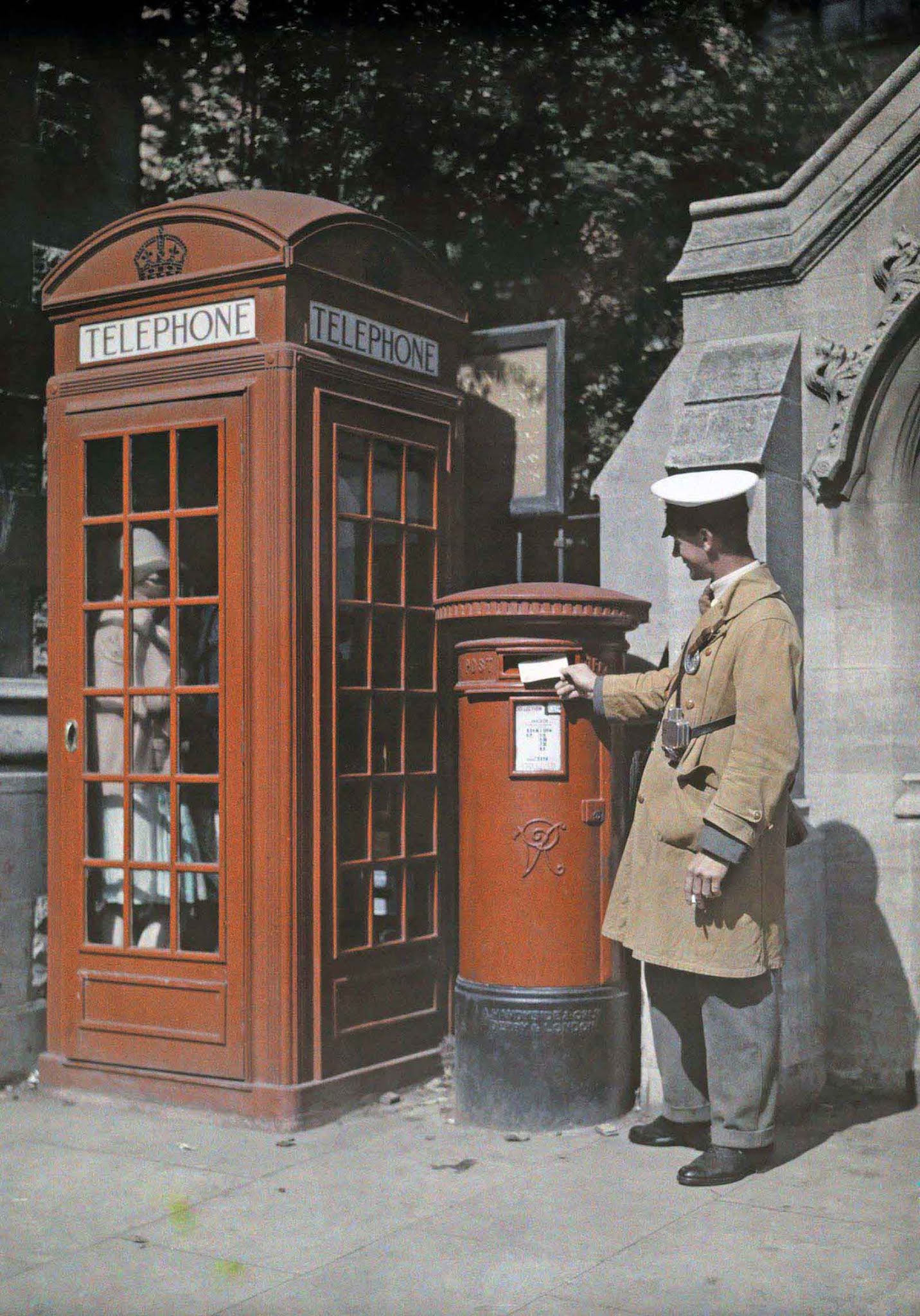
The 1920s ended in an economic bust that would reverberate through the 1930s. The prosperity of the early part of the decade gave way to the Great Depression, which caused widespread hardship and unemployment. This shift from boom to bust is also reflected in Adams’ images, as they document a society in transition. From the vibrant energy of the early 1920s to the more somber tone of the late decade, these photos offer a window into a turbulent time in England’s history.
Gallery: Capturing the Spirit of 1920s England
Below are some stunning color photographs taken by Clifton R. Adams that beautifully depict England during the 1920s. These images serve as a visual journey through rural and urban life, offering a window into a transformative period in England’s history.
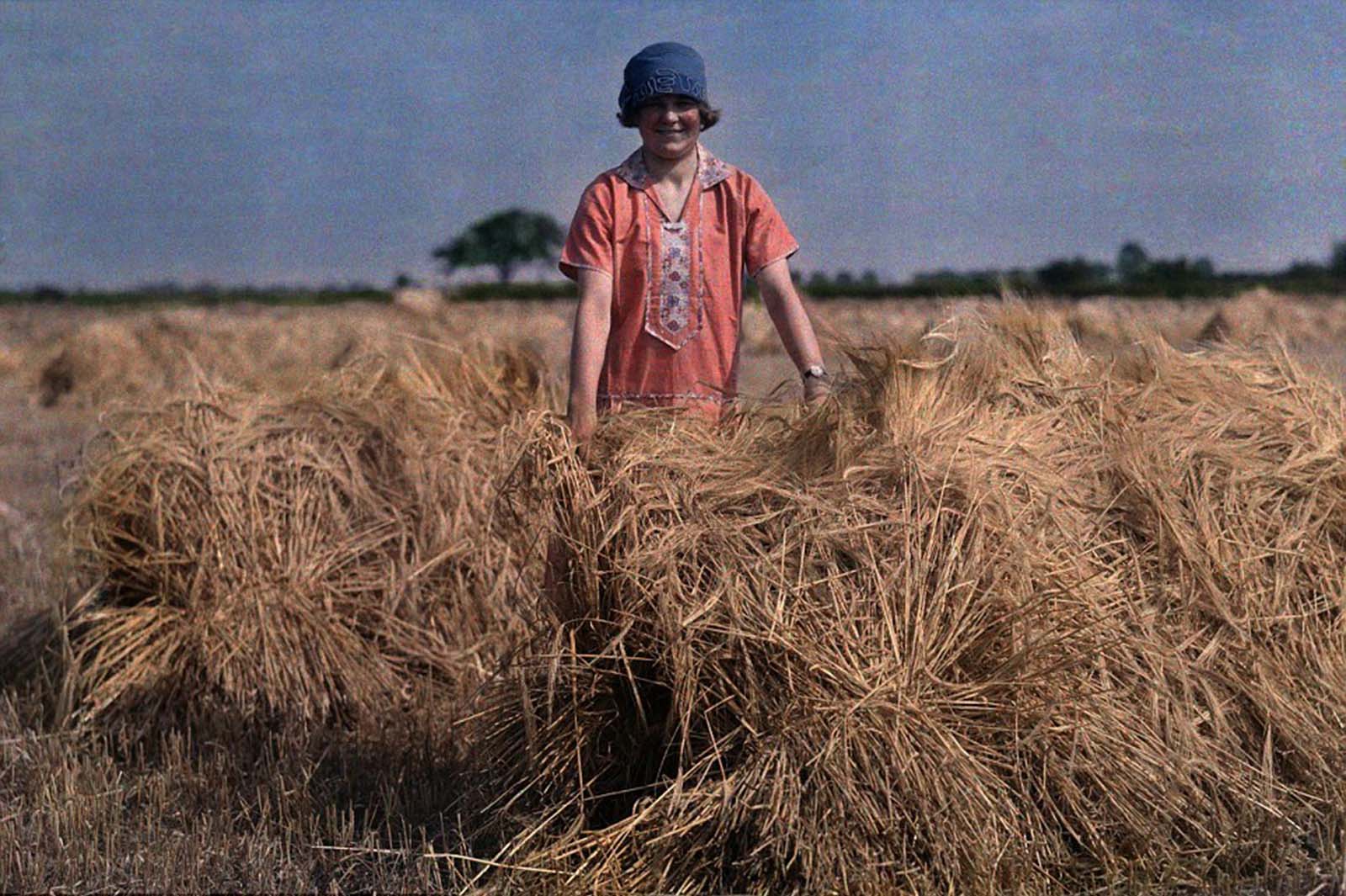
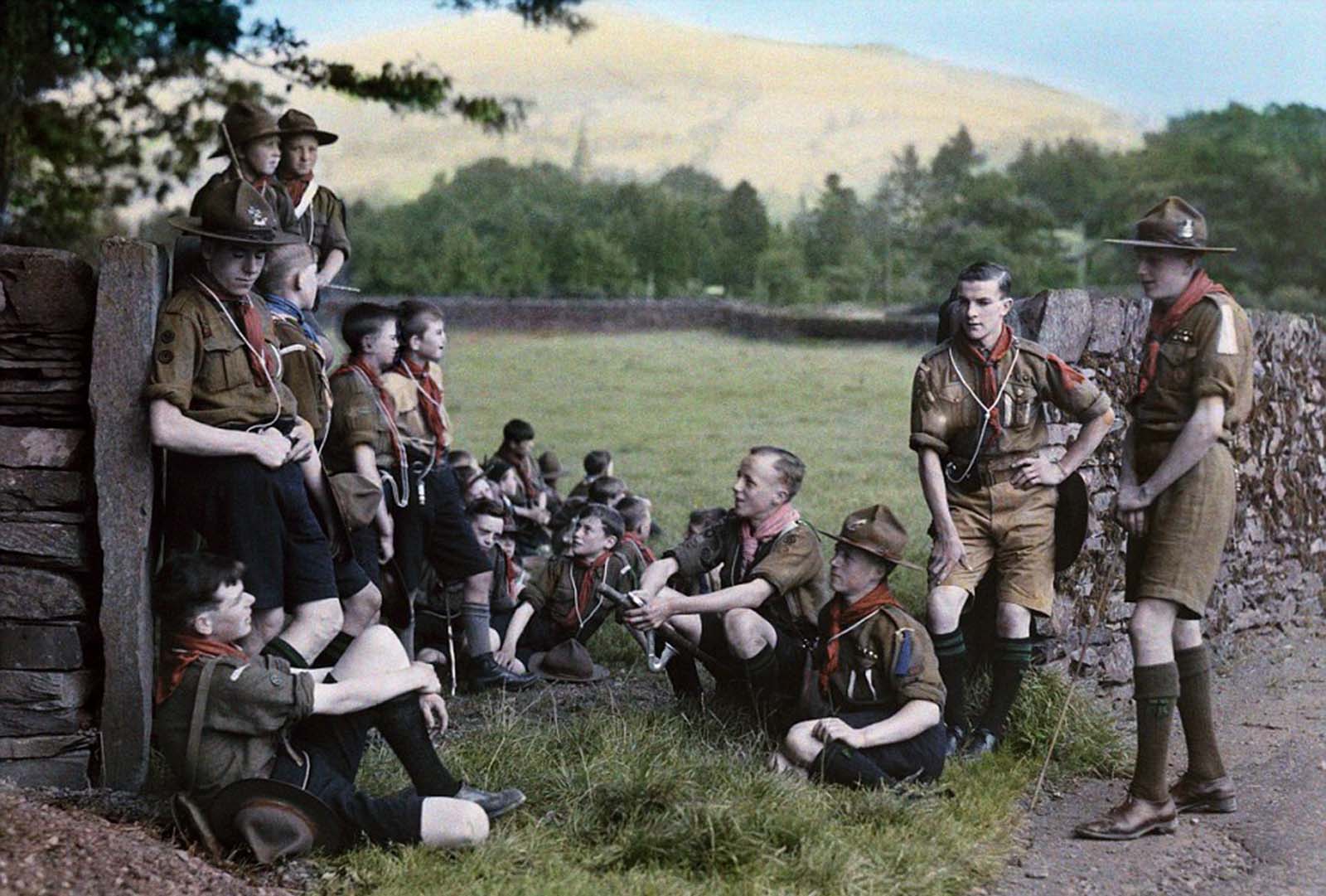
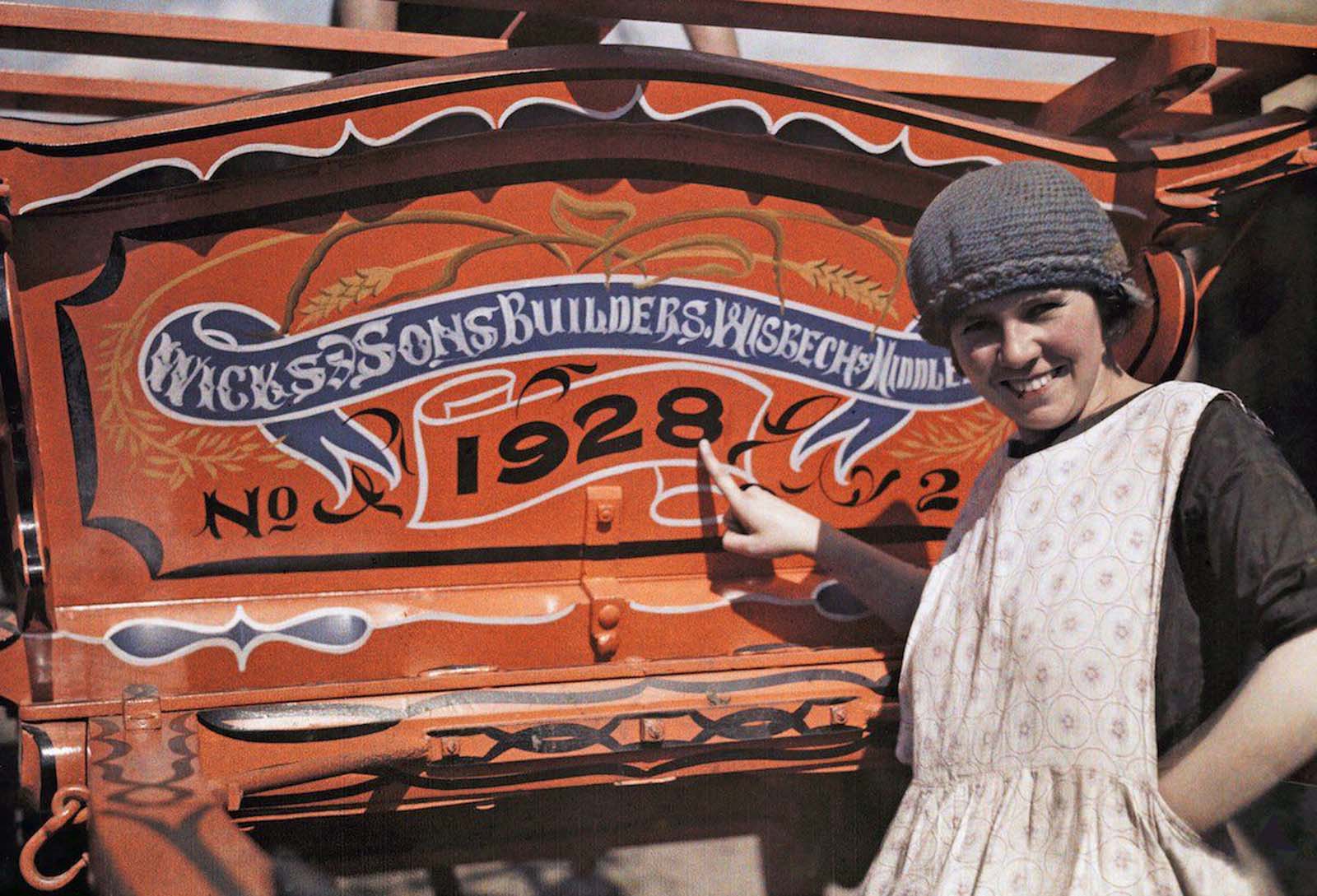
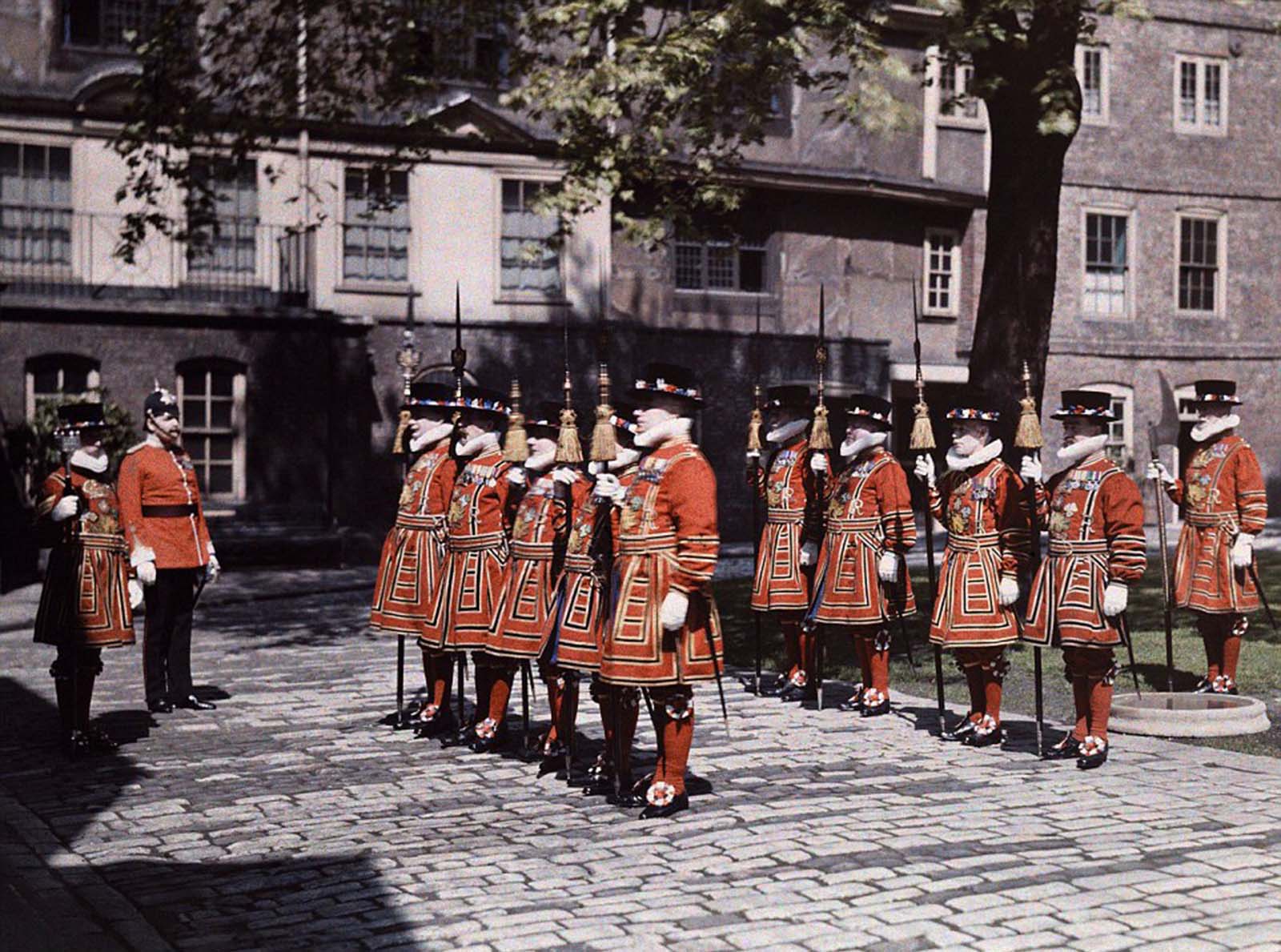
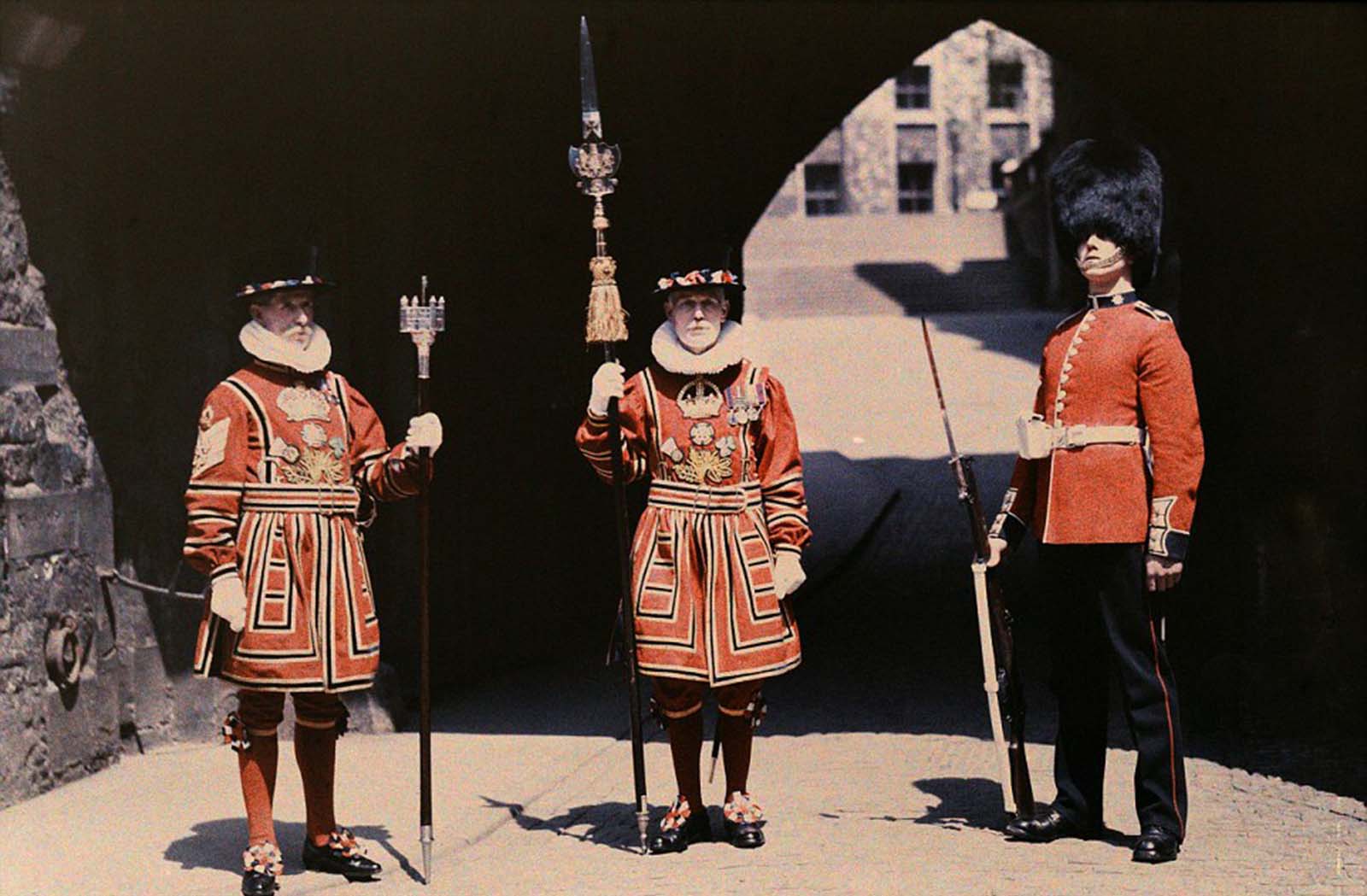
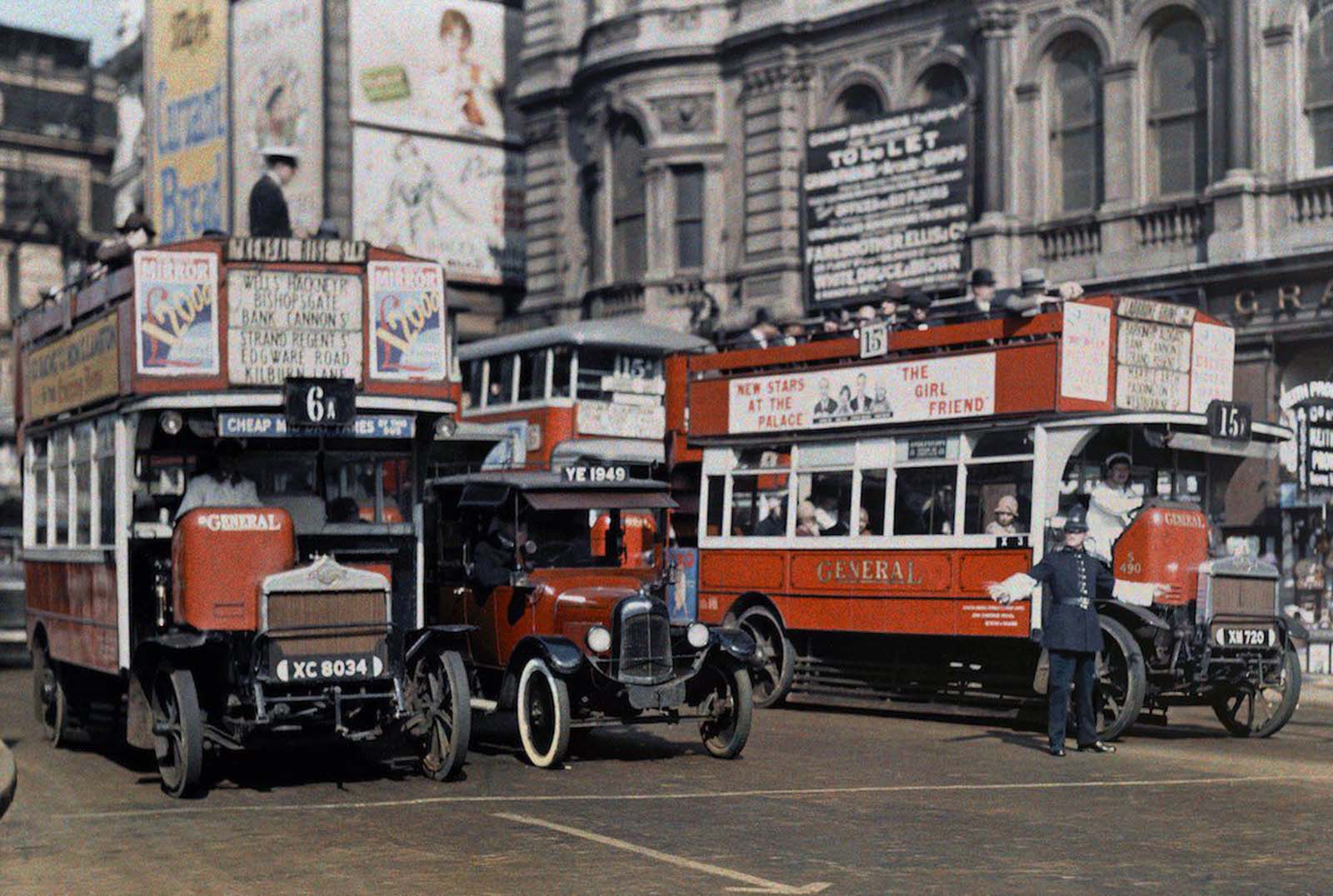
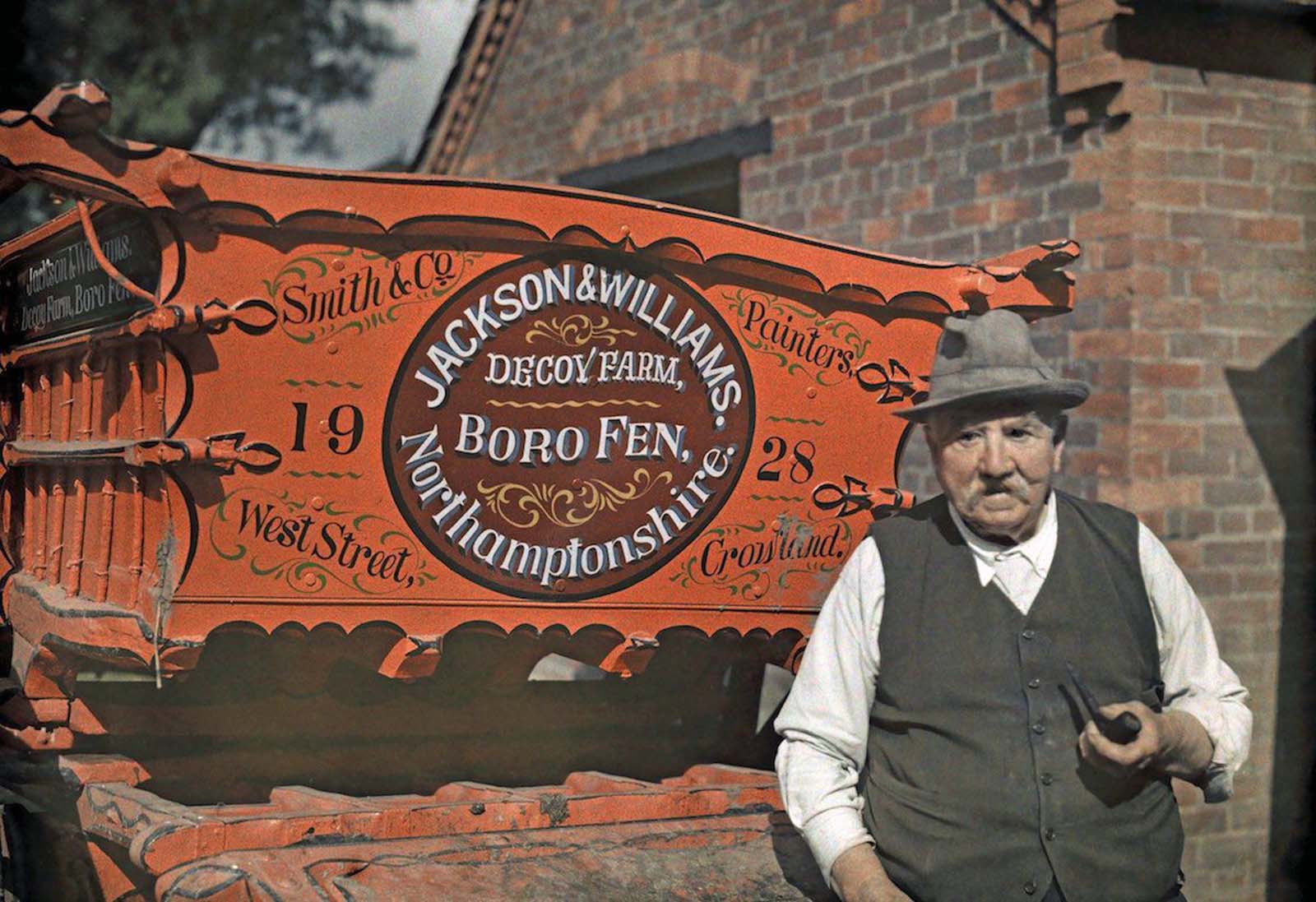


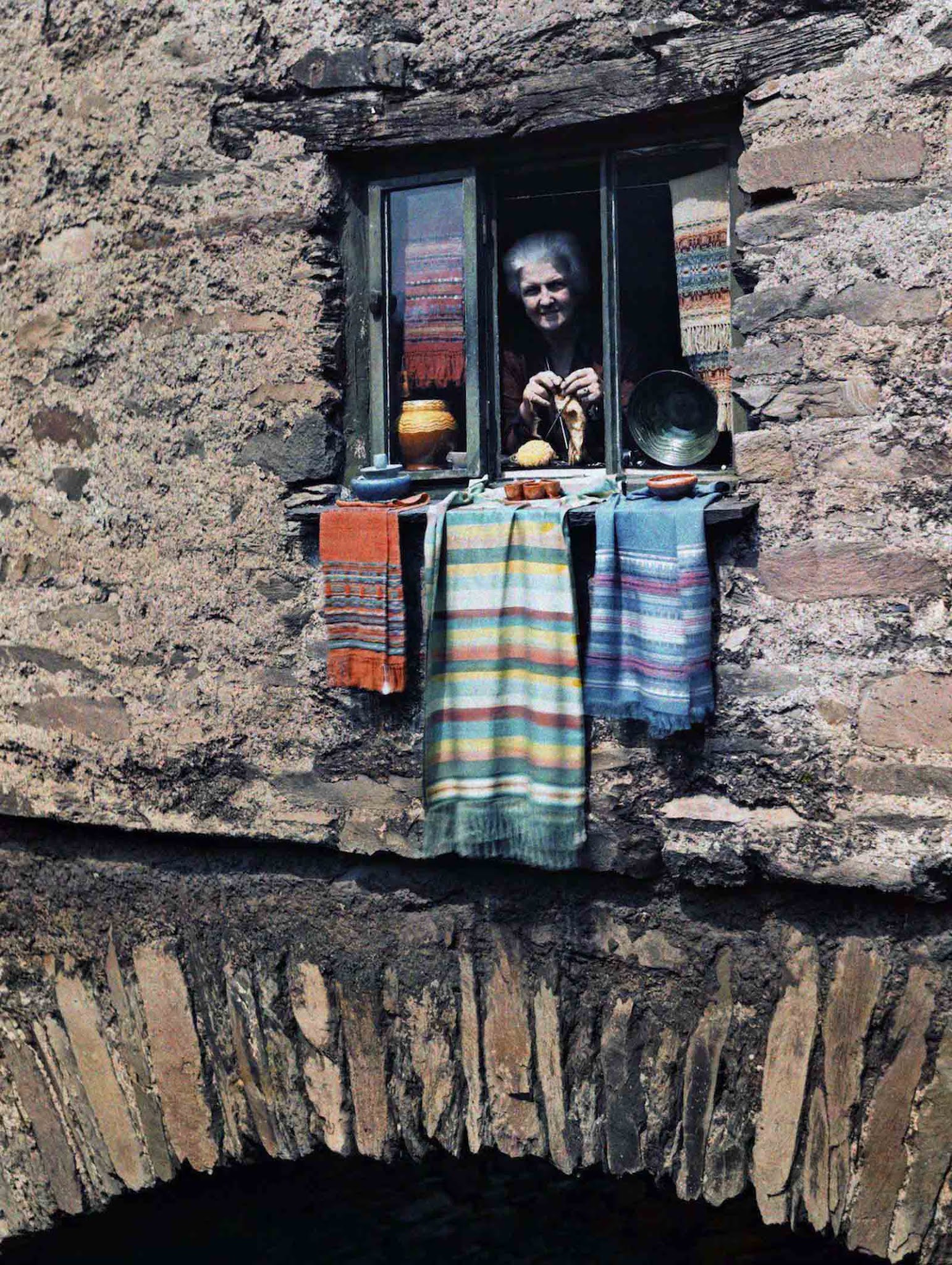
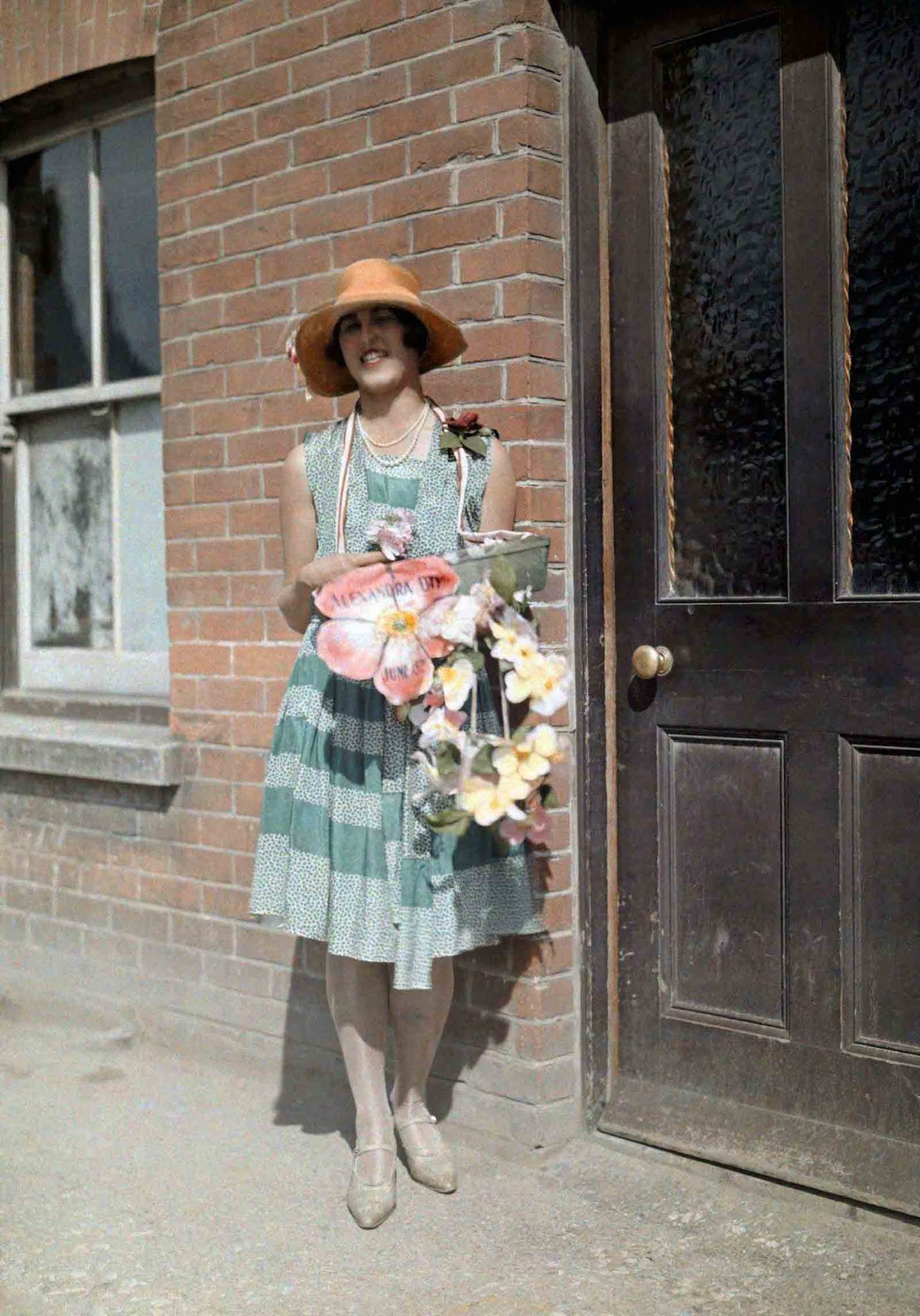
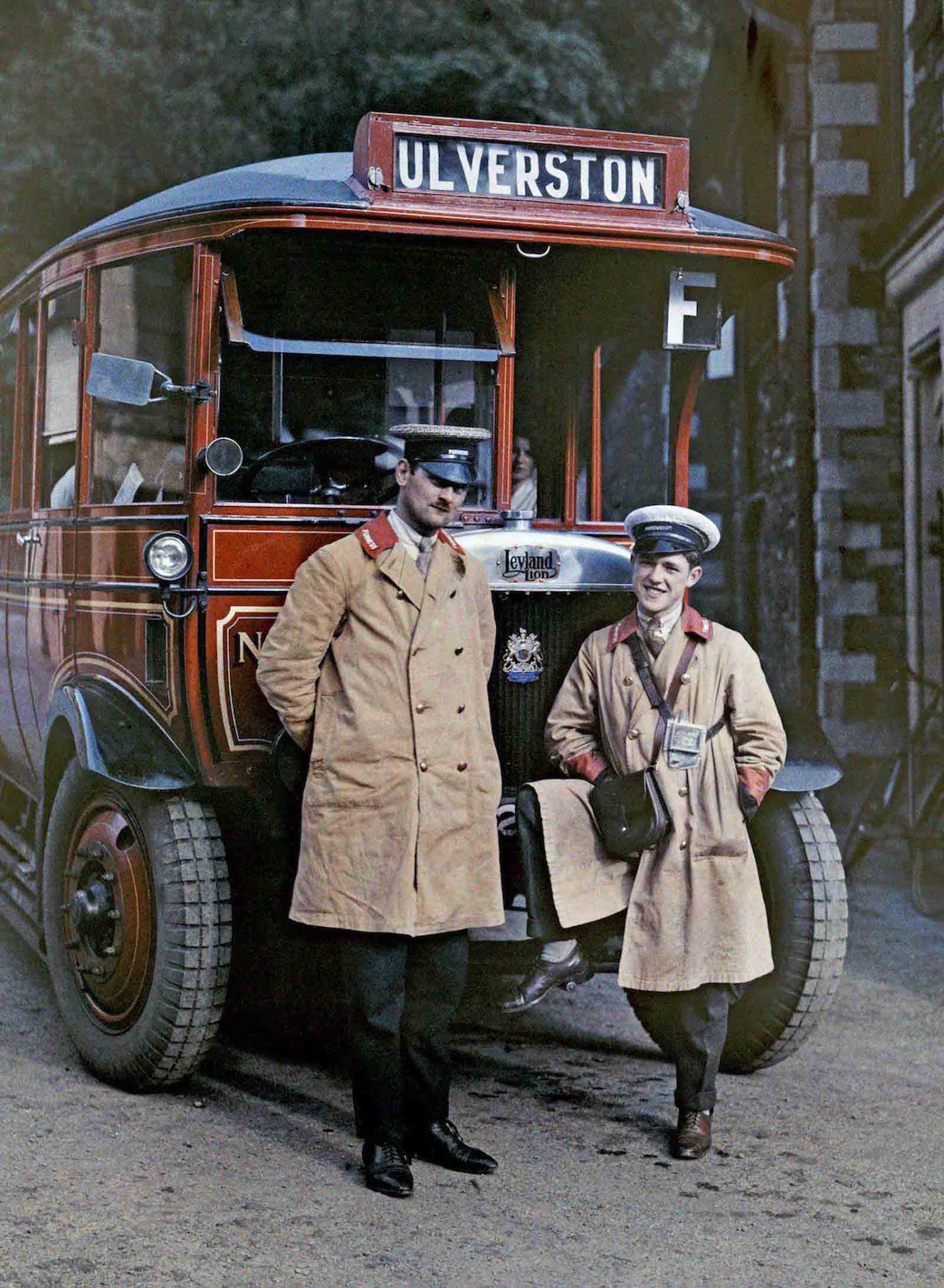
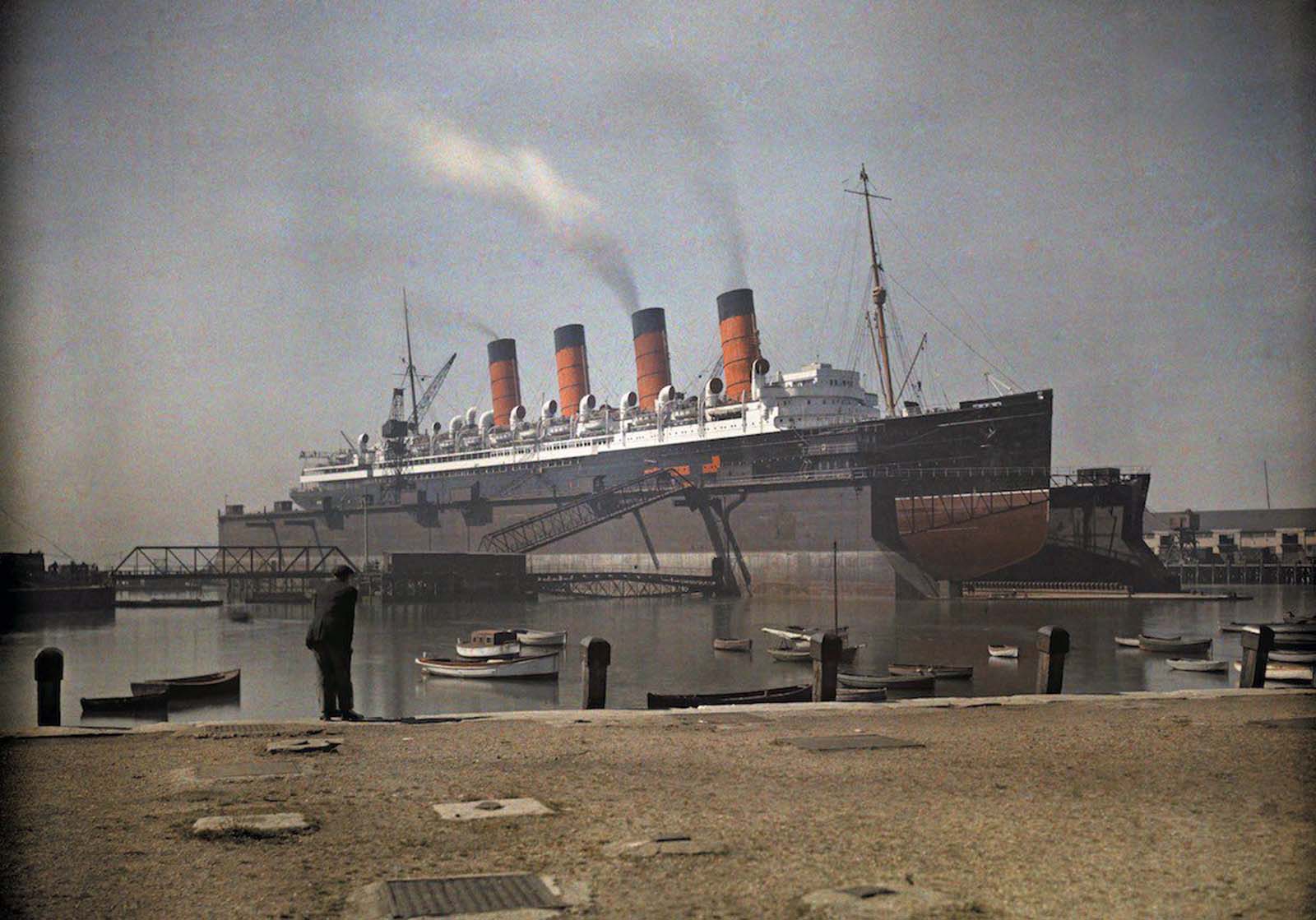
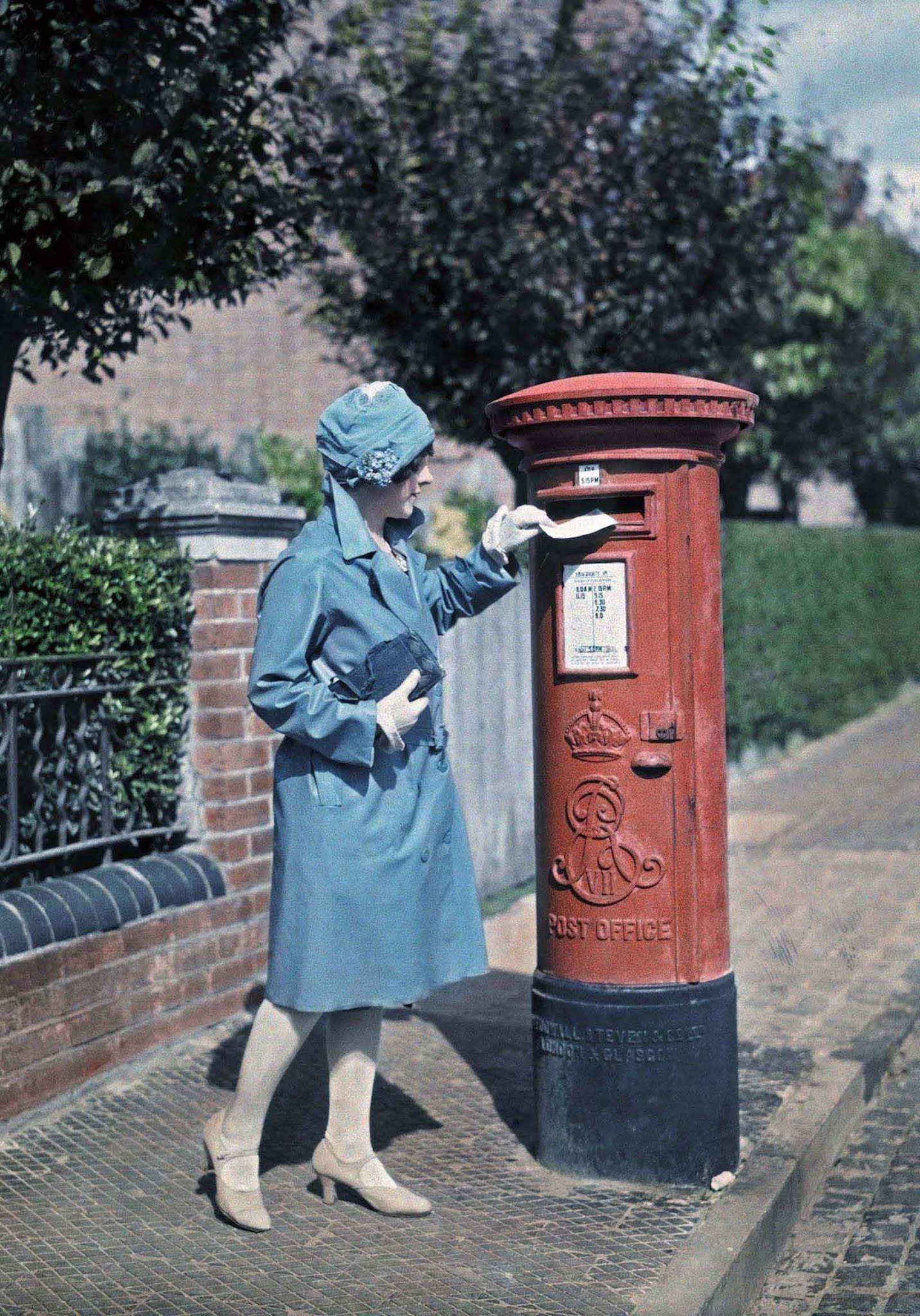
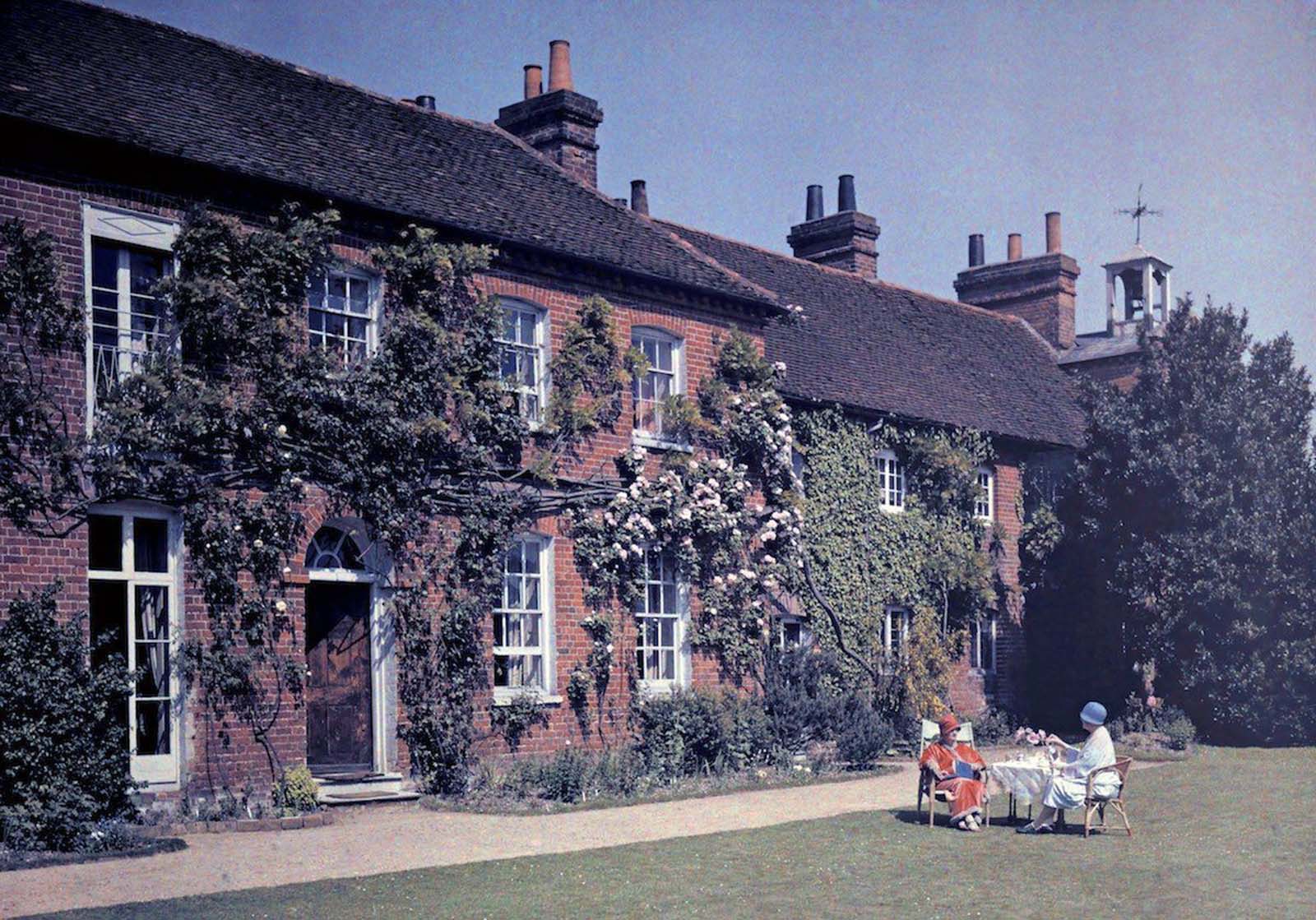
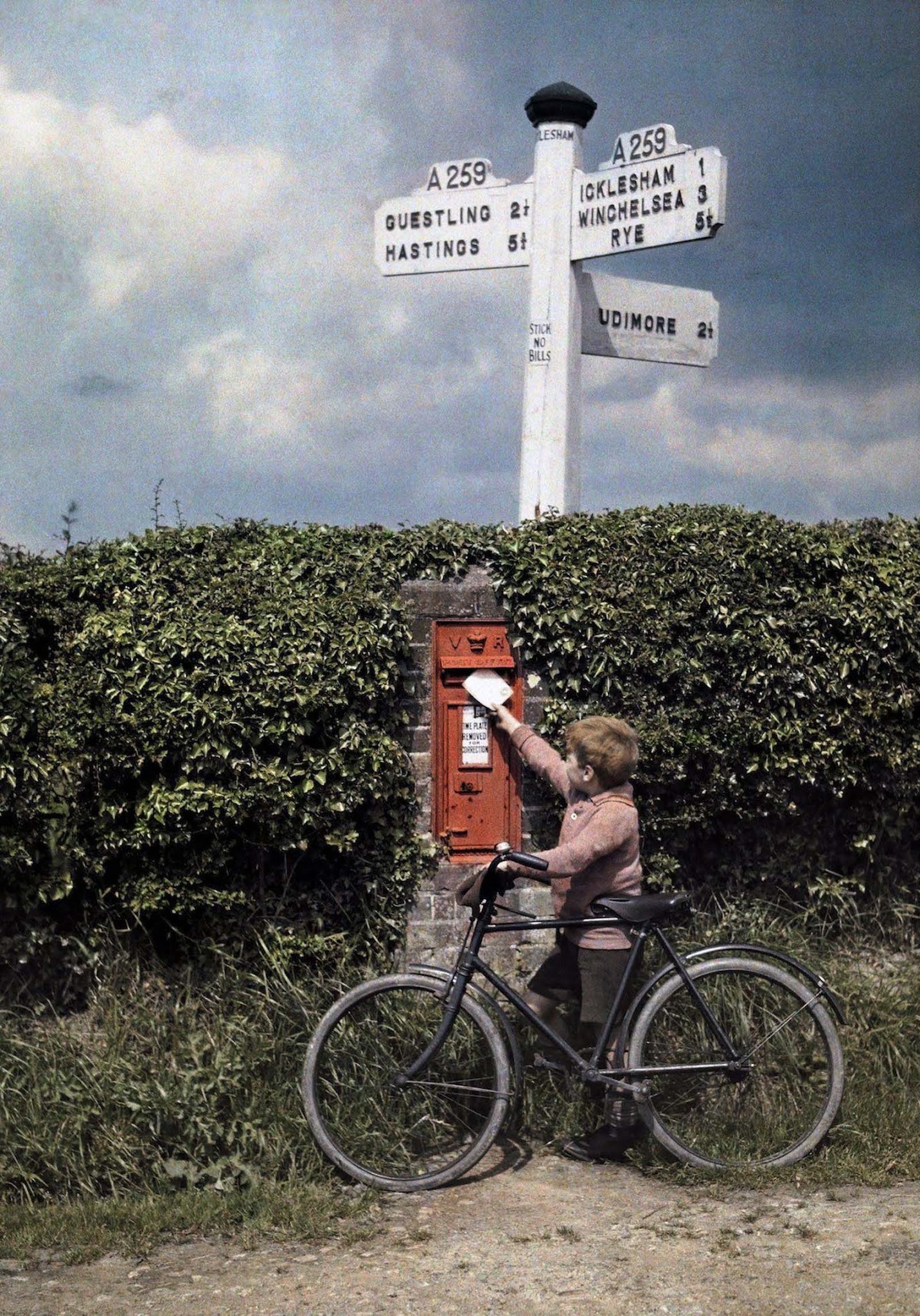
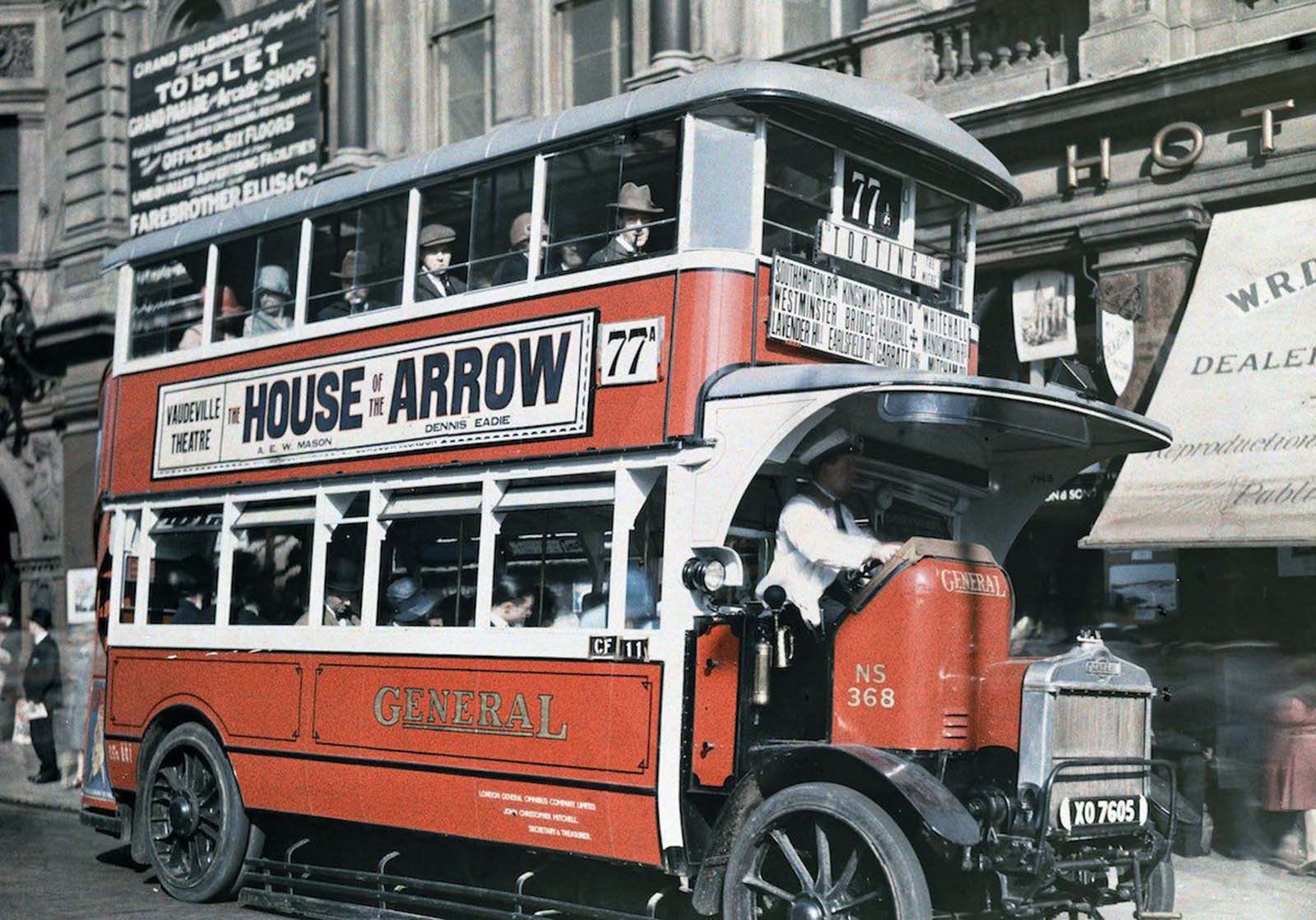
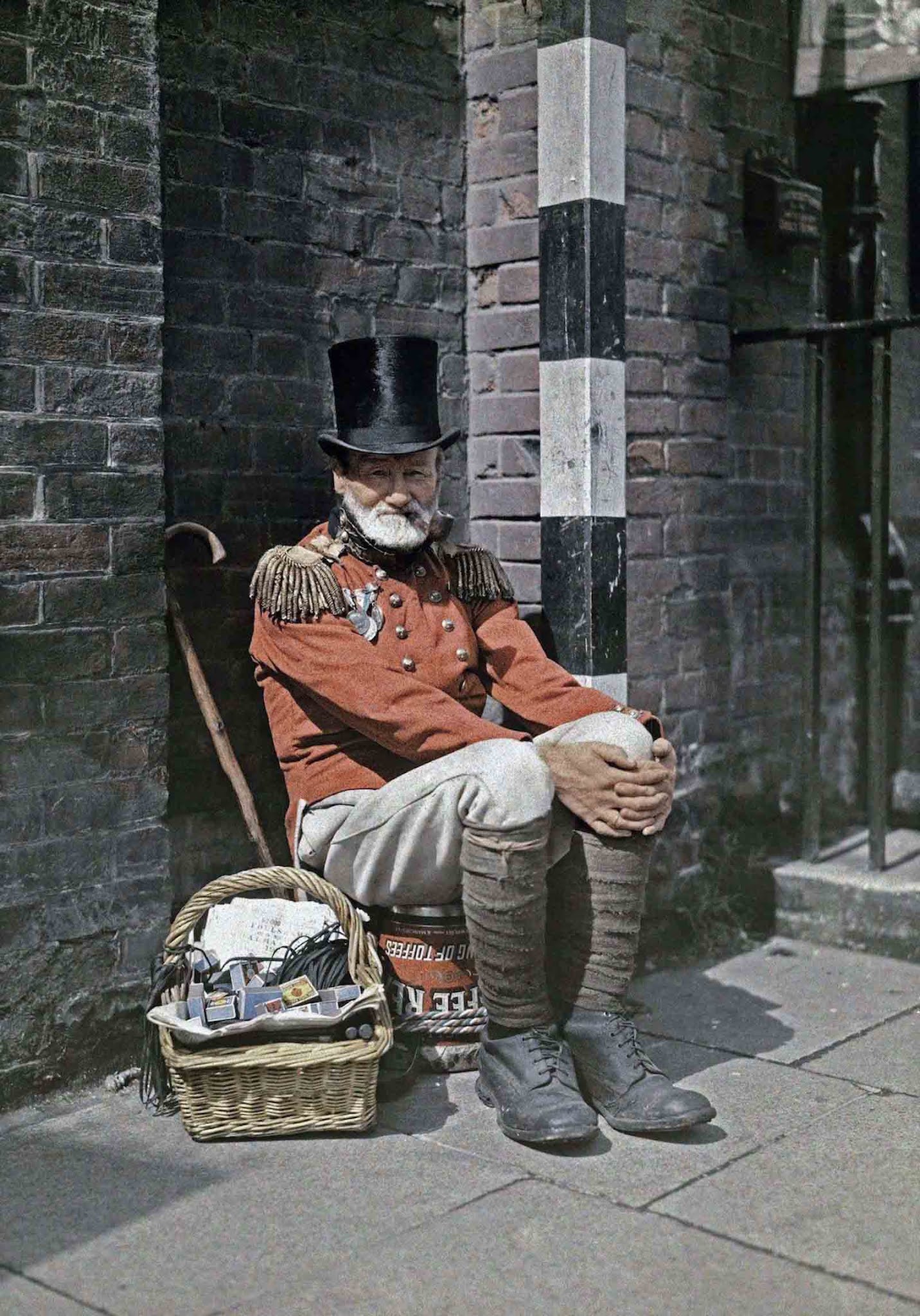
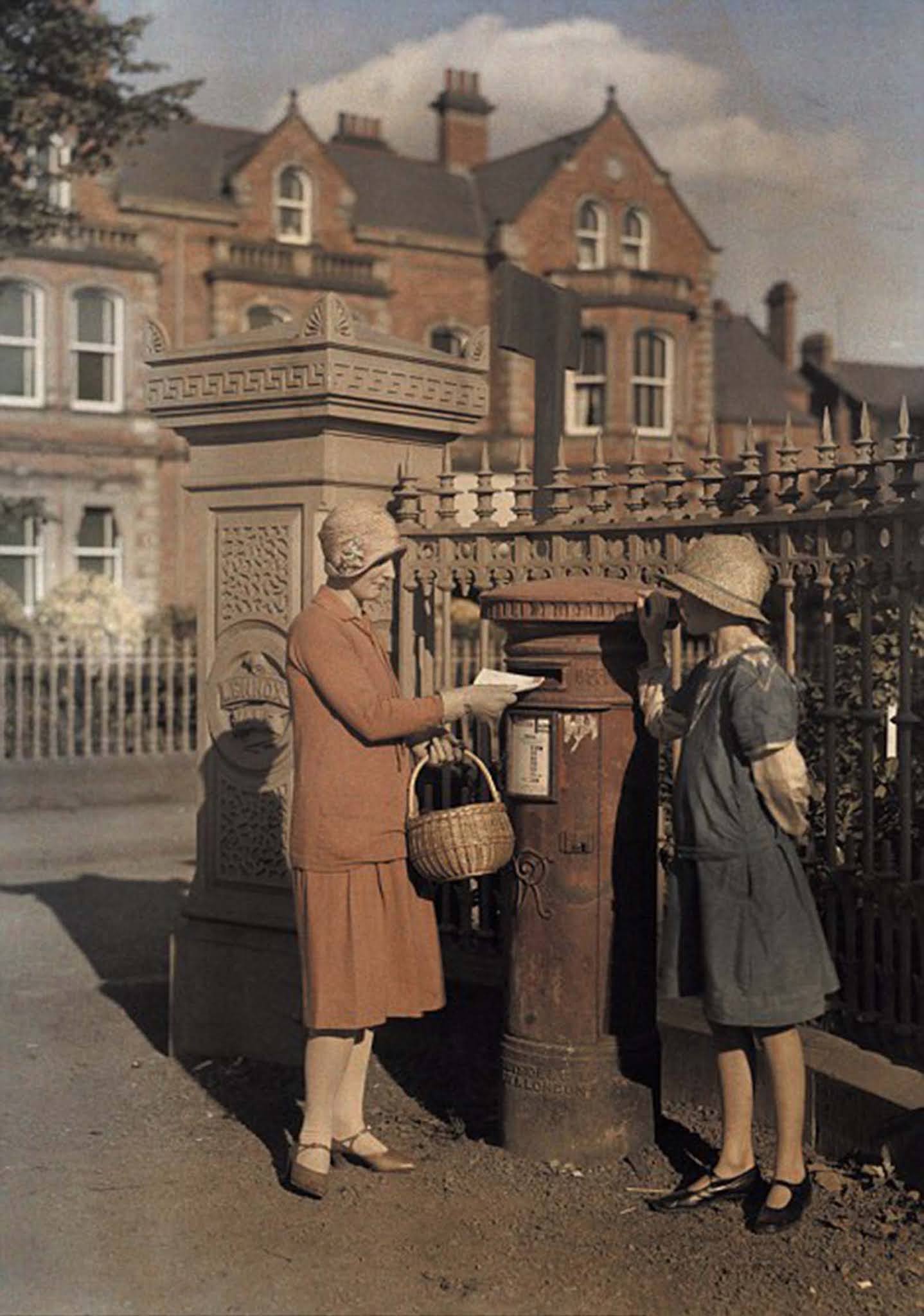
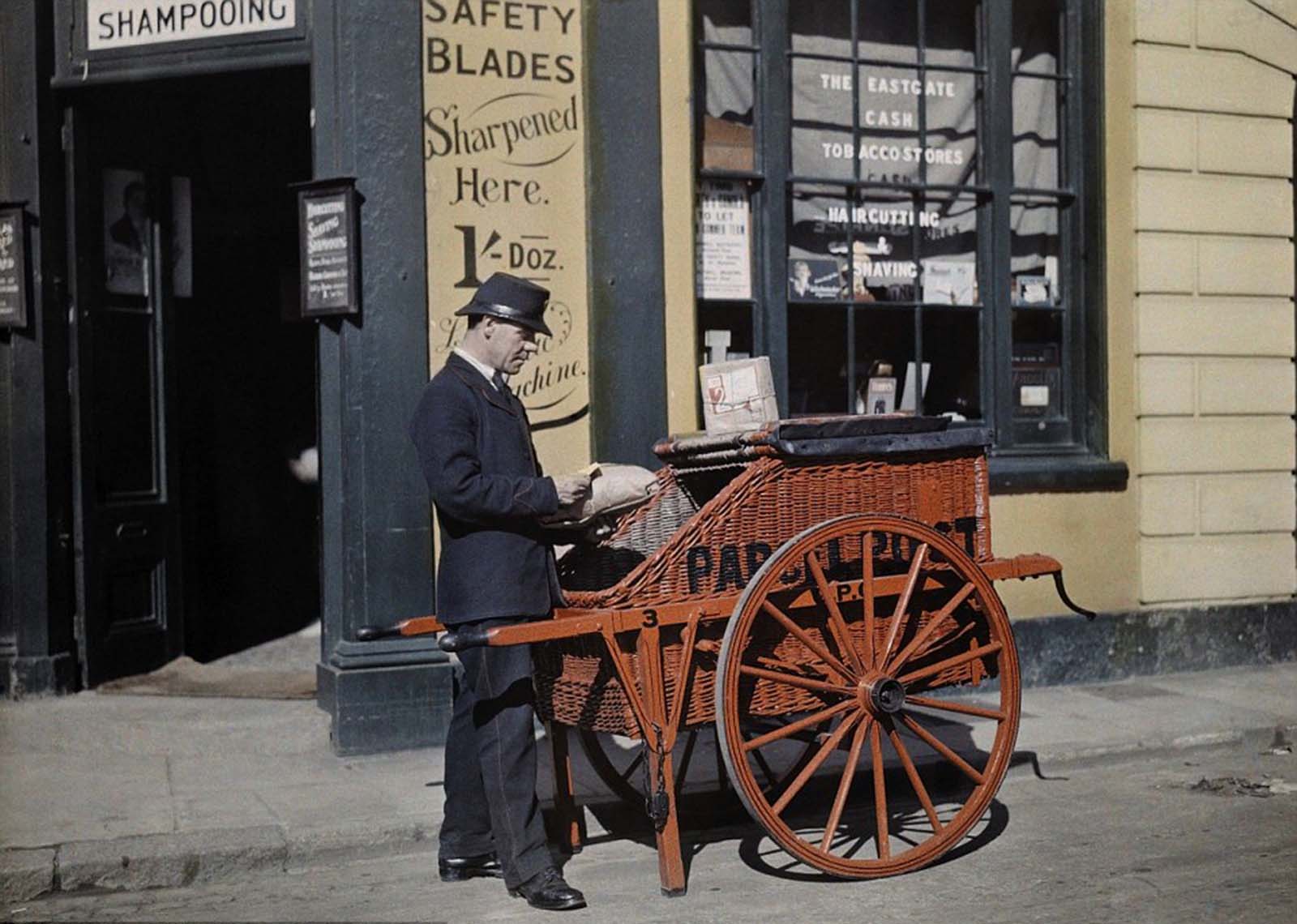
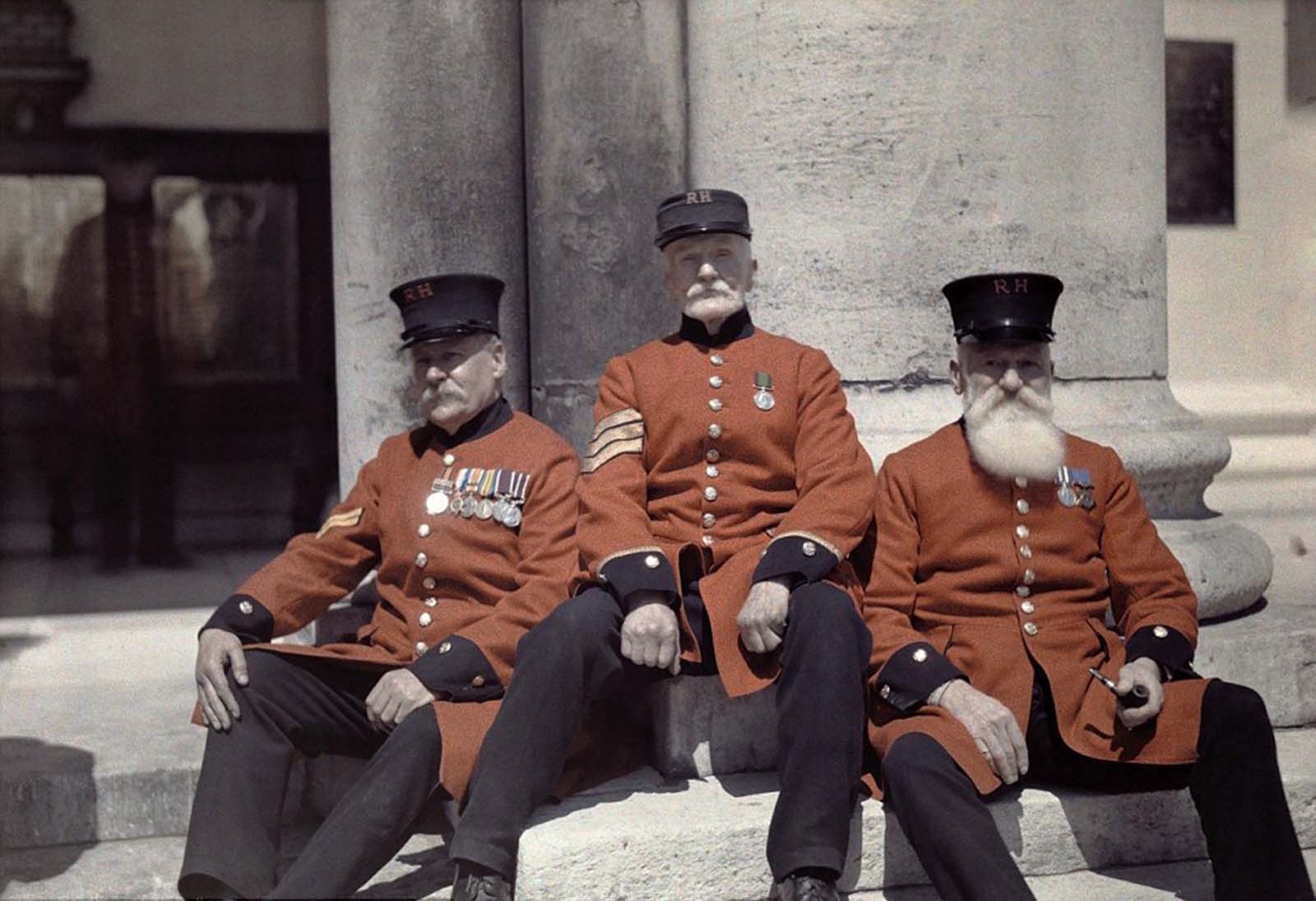

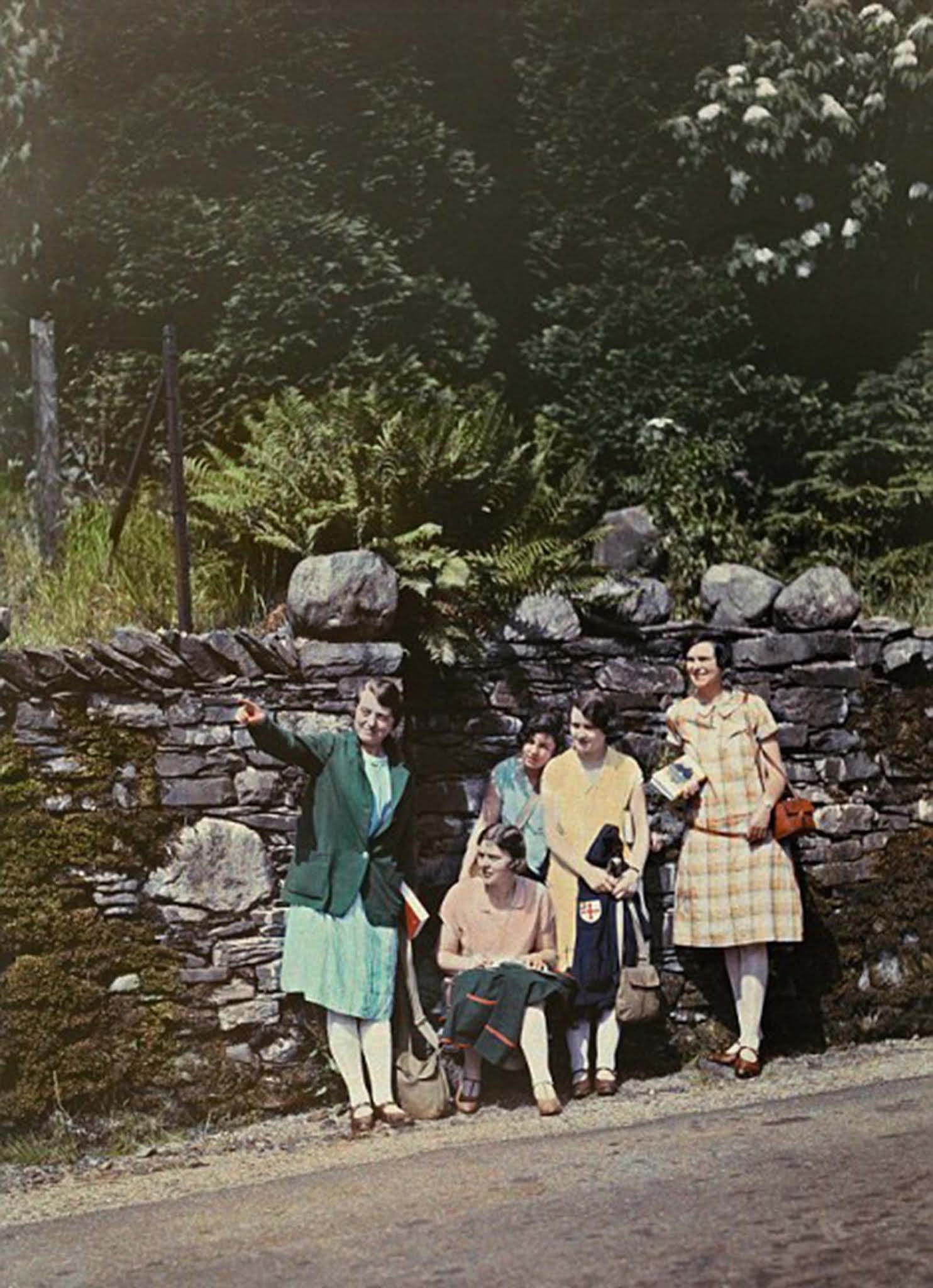
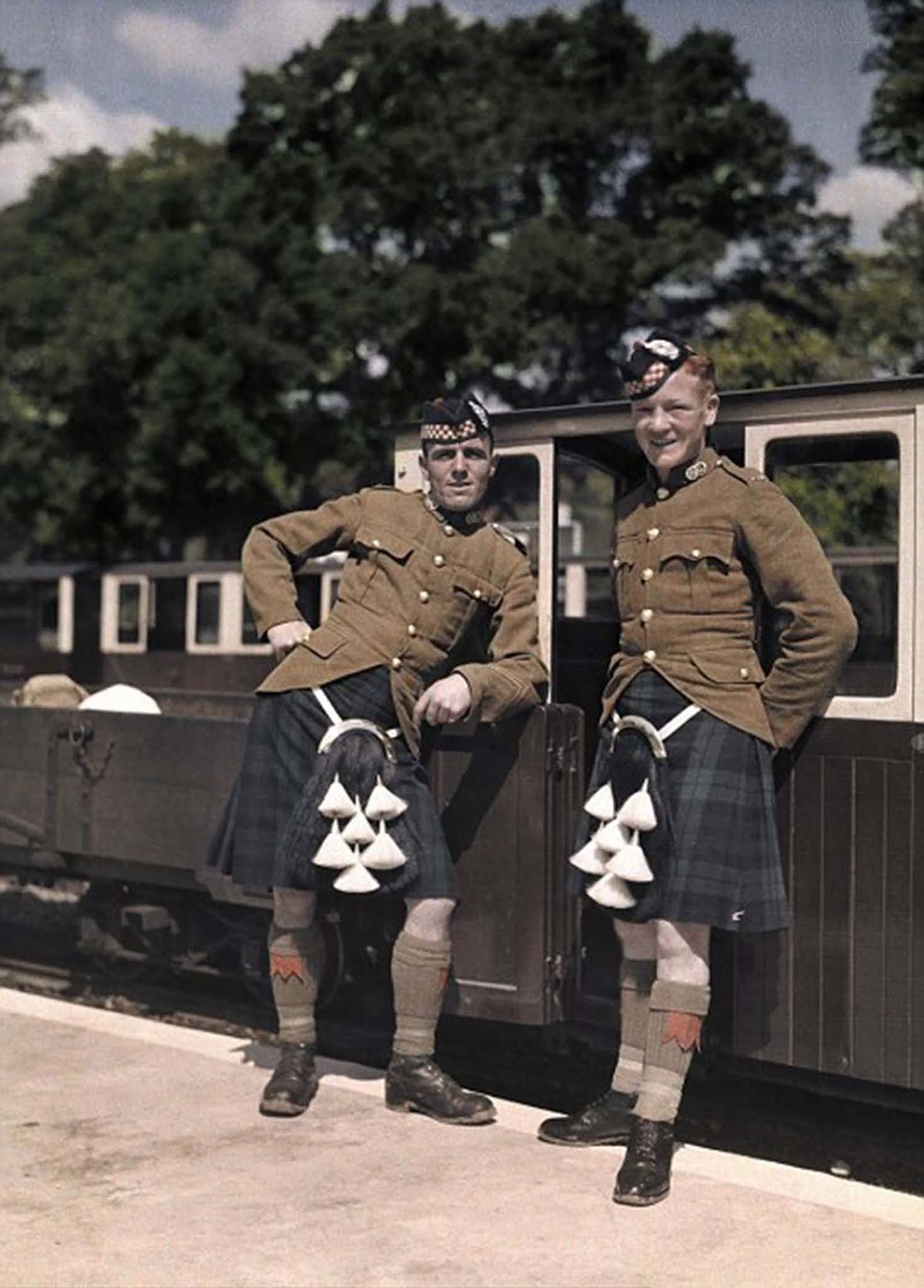
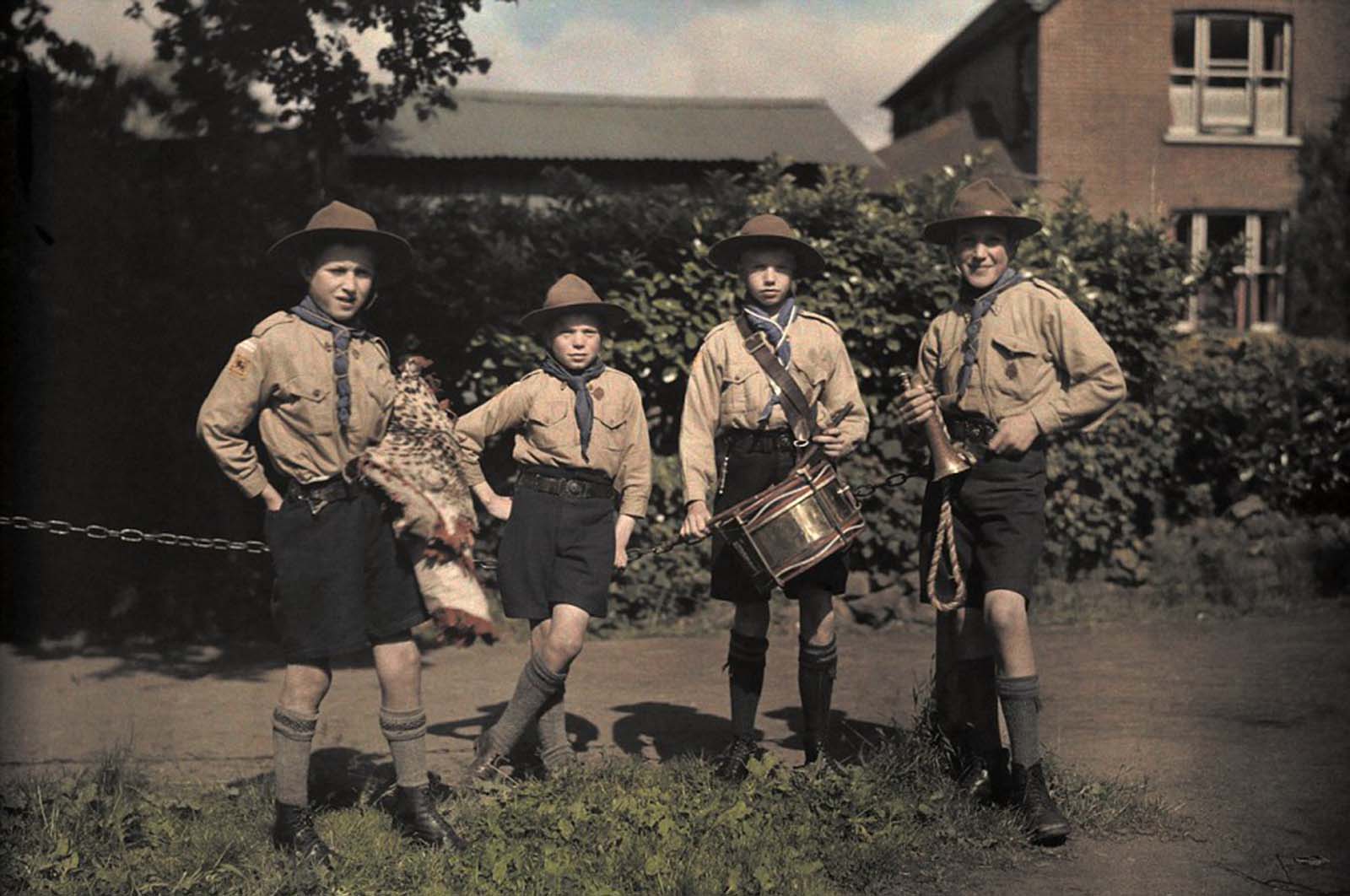
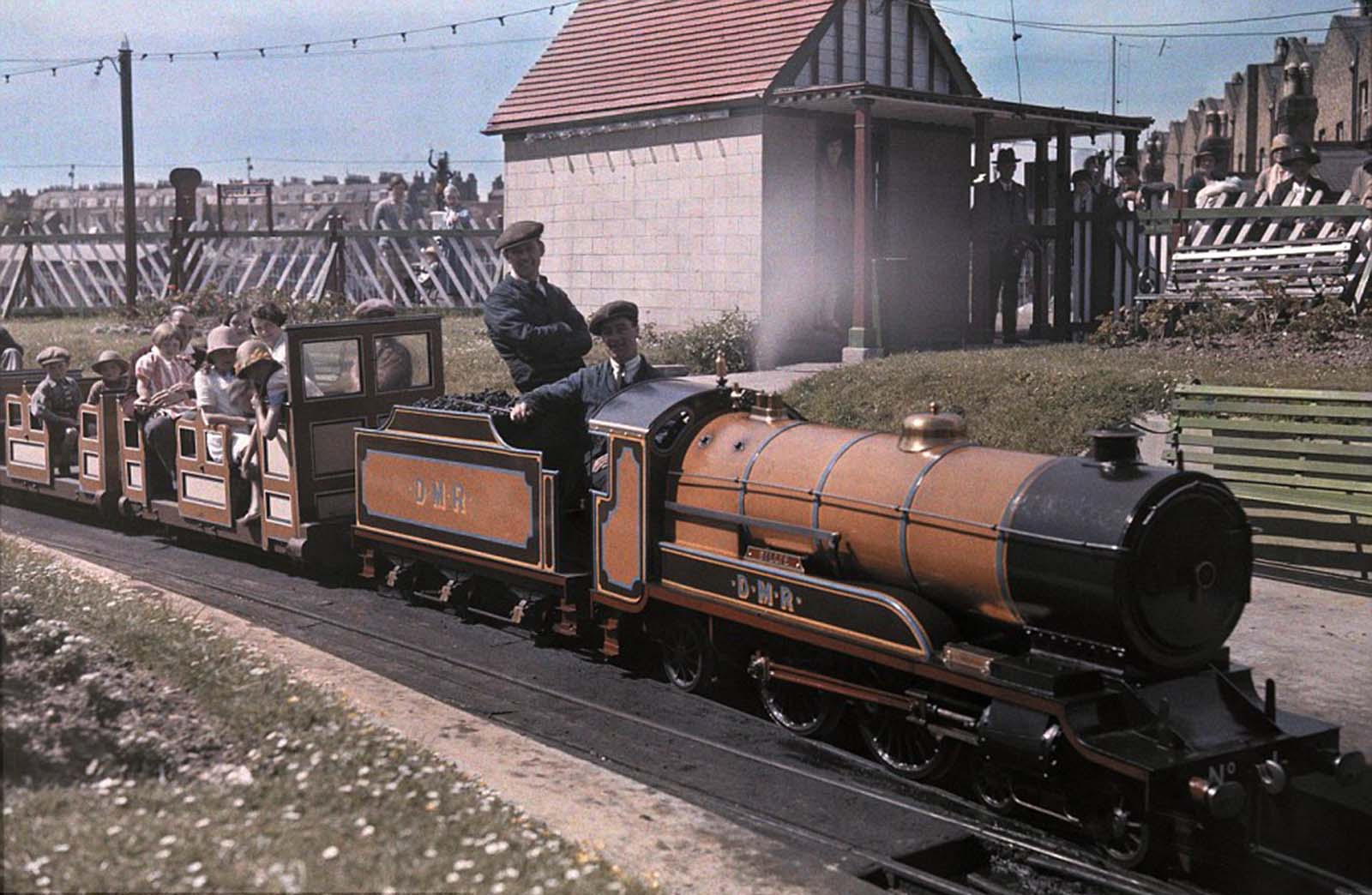
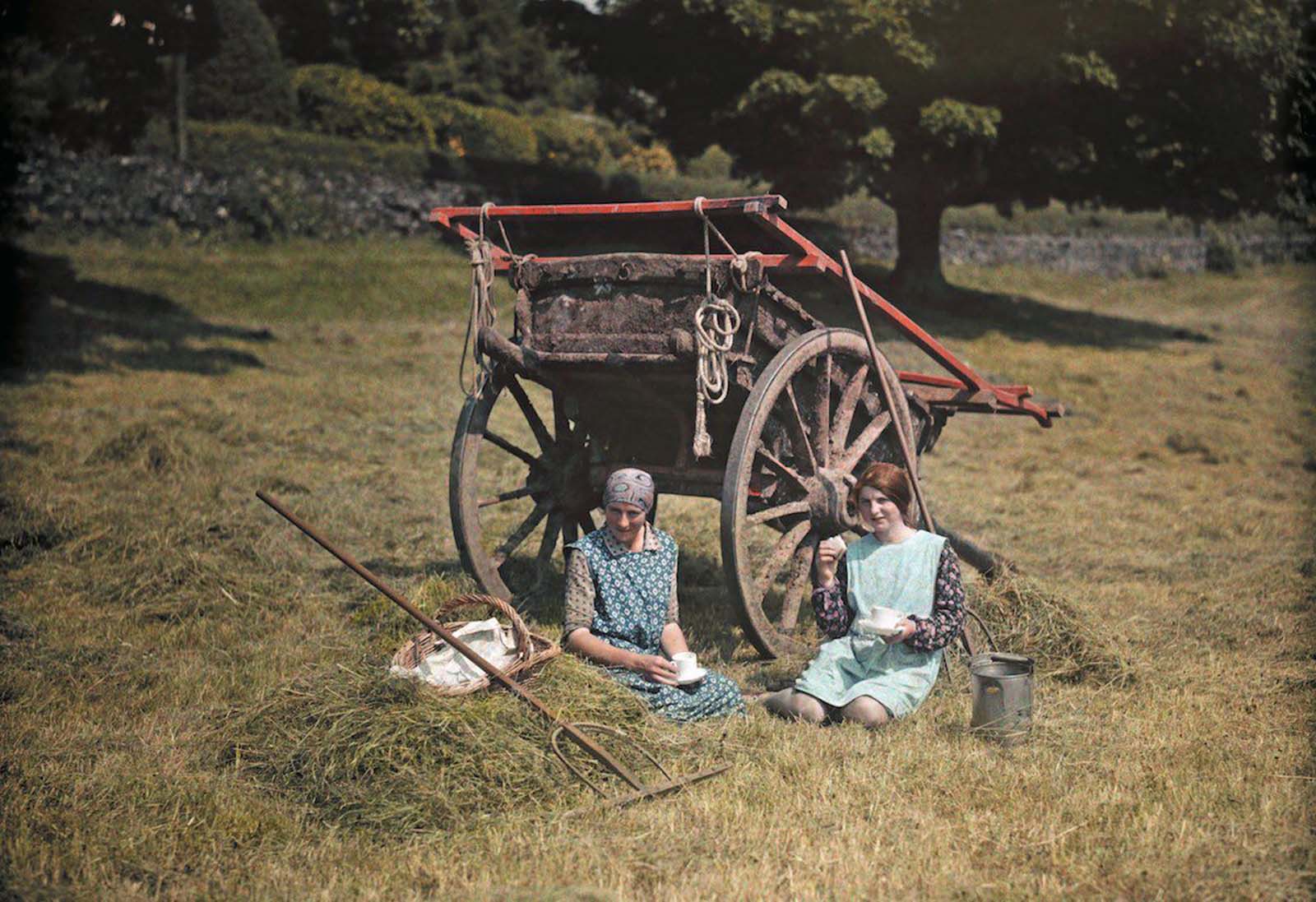
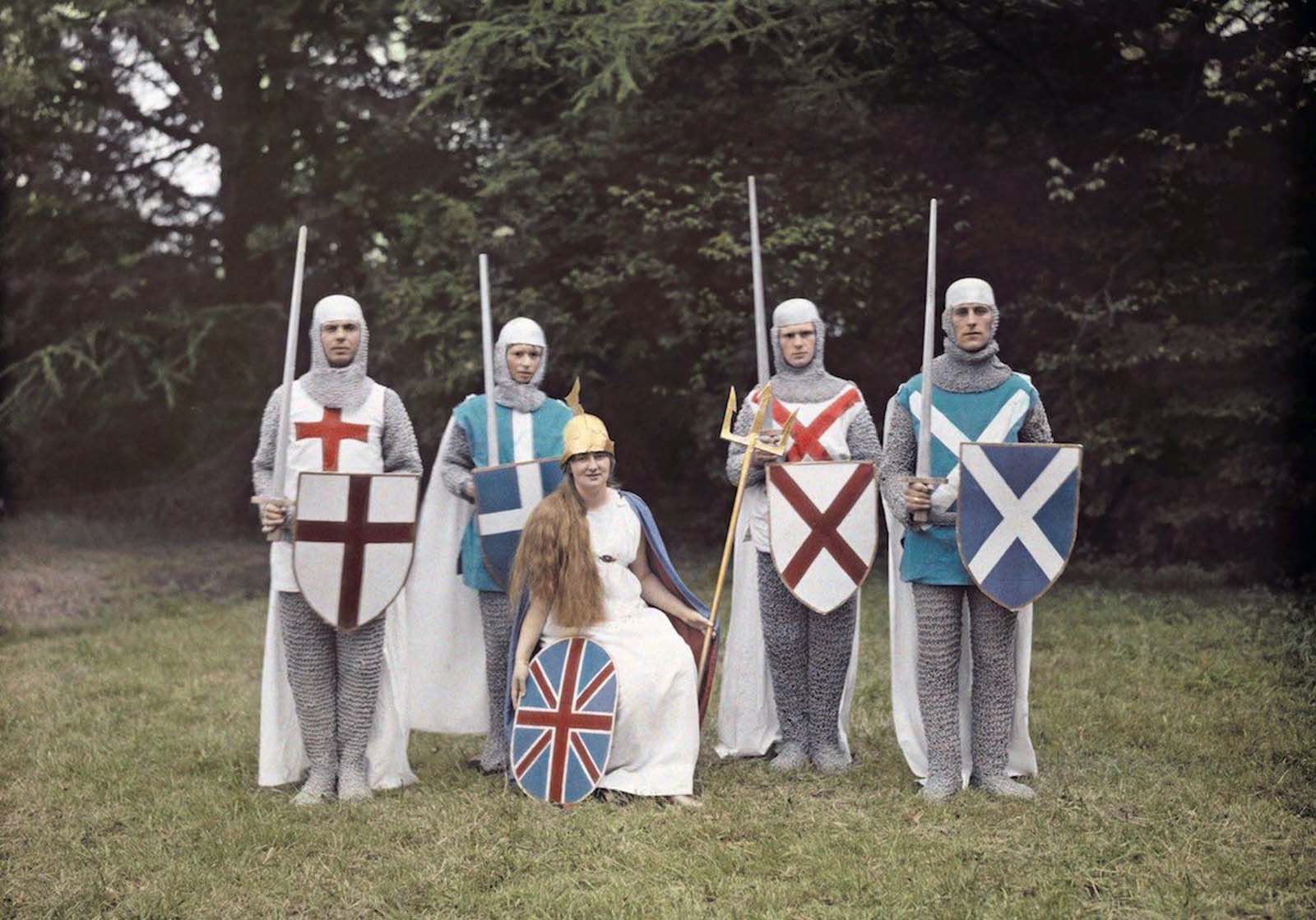
Video
Take a journey back in time with A Trip Around the World in Color from the 1920s, remastered in 60fps with stunning sound design. Don’t miss the chance to experience history in such vivid detail!
Conclusion: The Enduring Legacy of Clifton R. Adams’ Photographs
Clifton R. Adams’ color photographs provide an invaluable record of England during a time of great change. His work captures the essence of a country on the brink of modernization, showcasing the contrast between rural and urban life, the evolving role of women, and the challenges faced by the education system. These images, taken with the Autochrome Lumière process, offer a rare glimpse into the past, allowing us to connect with the England of the 1920s in a way that black-and-white photographs cannot.
Adams’ legacy lives on through these photographs, which continue to inspire both historians and photography enthusiasts alike. As we look back on the 1920s, we are reminded of the complexities and contrasts of this fascinating decade—one that was full of hope, struggle, and transformation.
